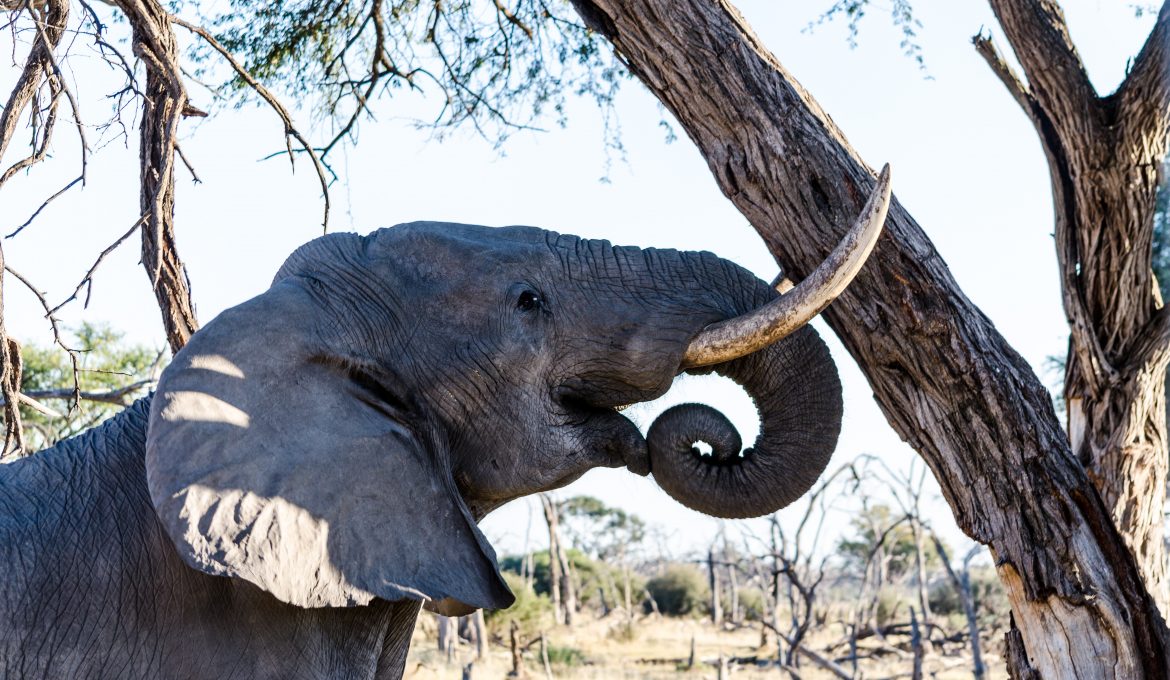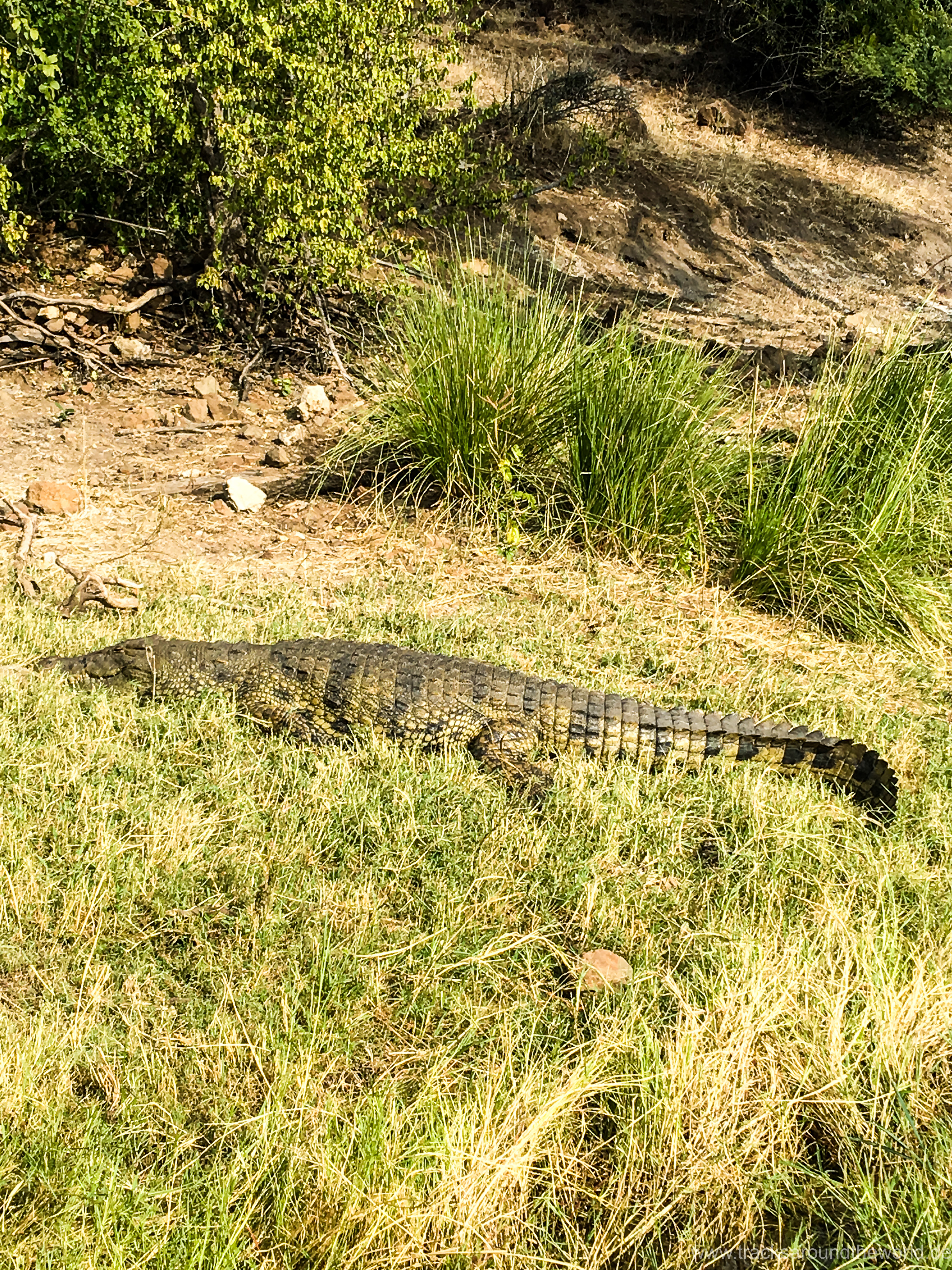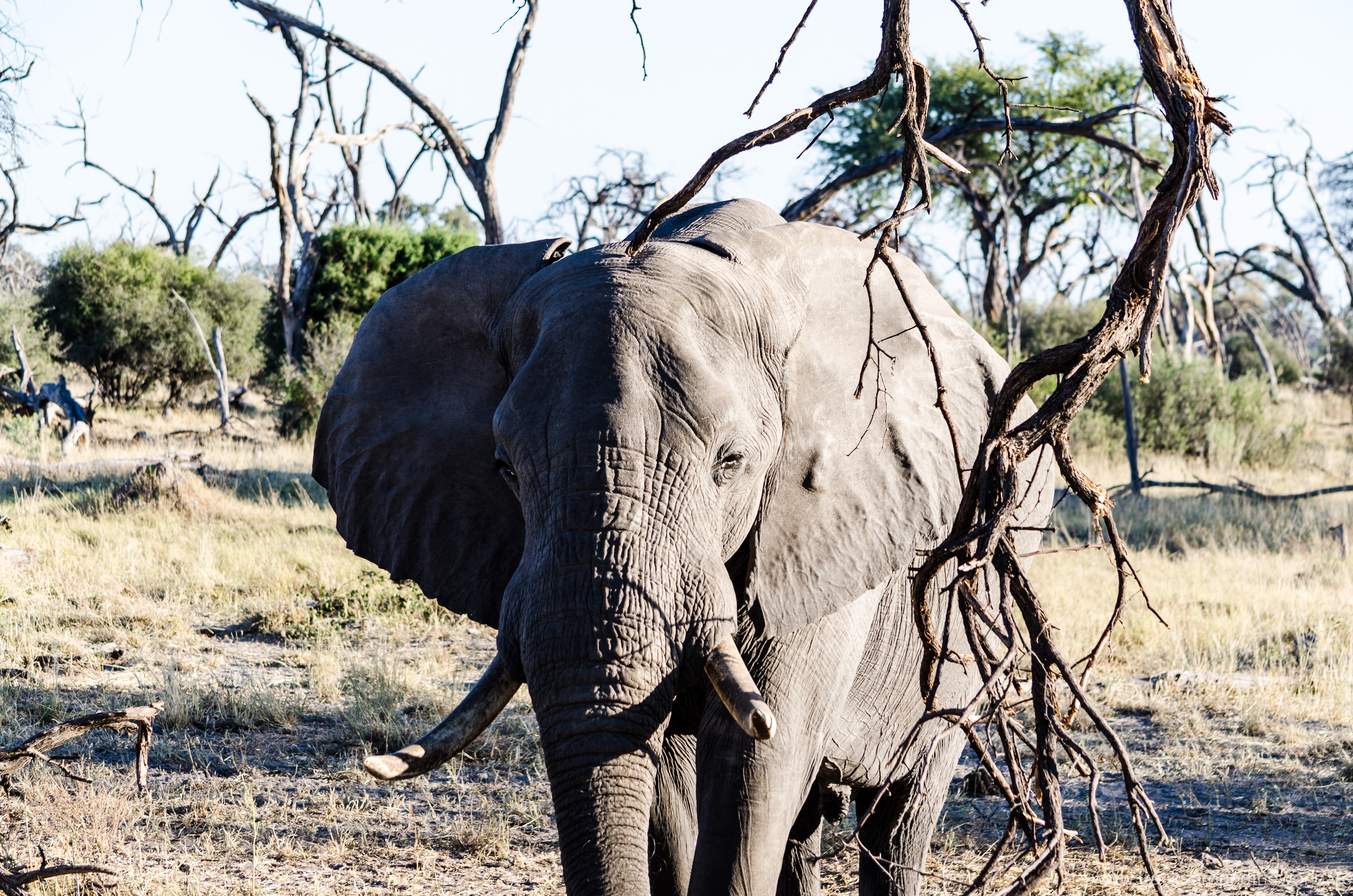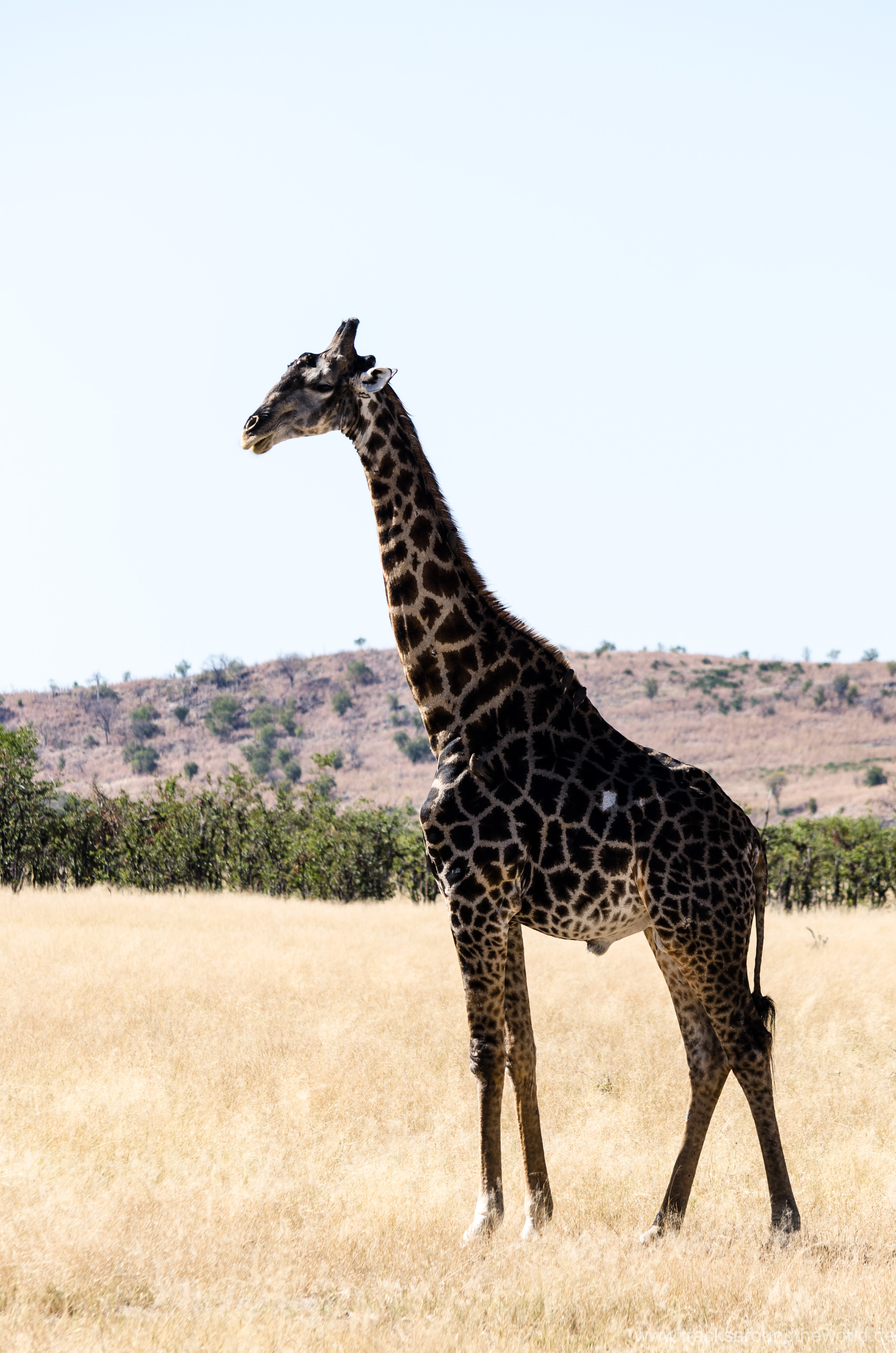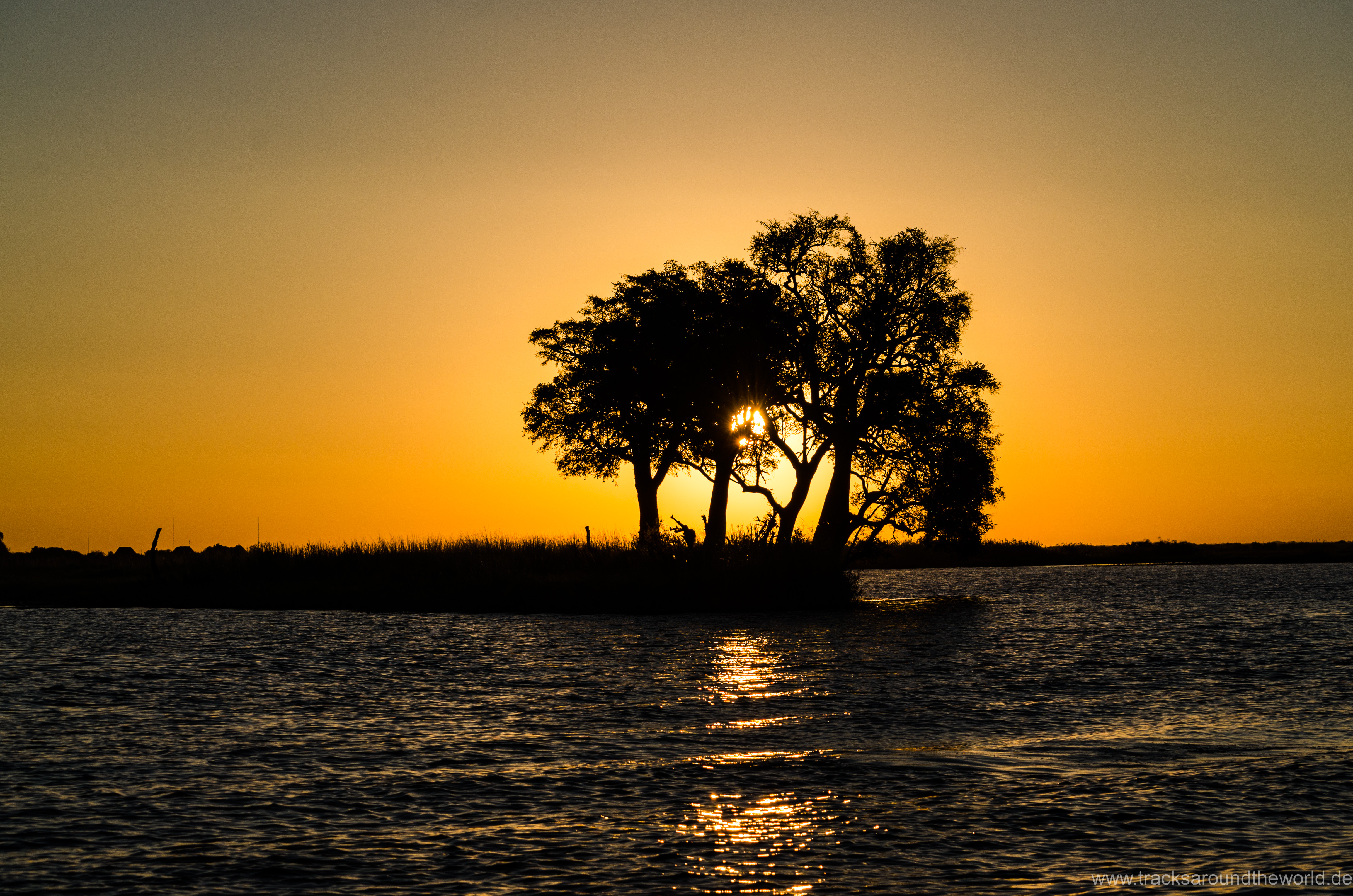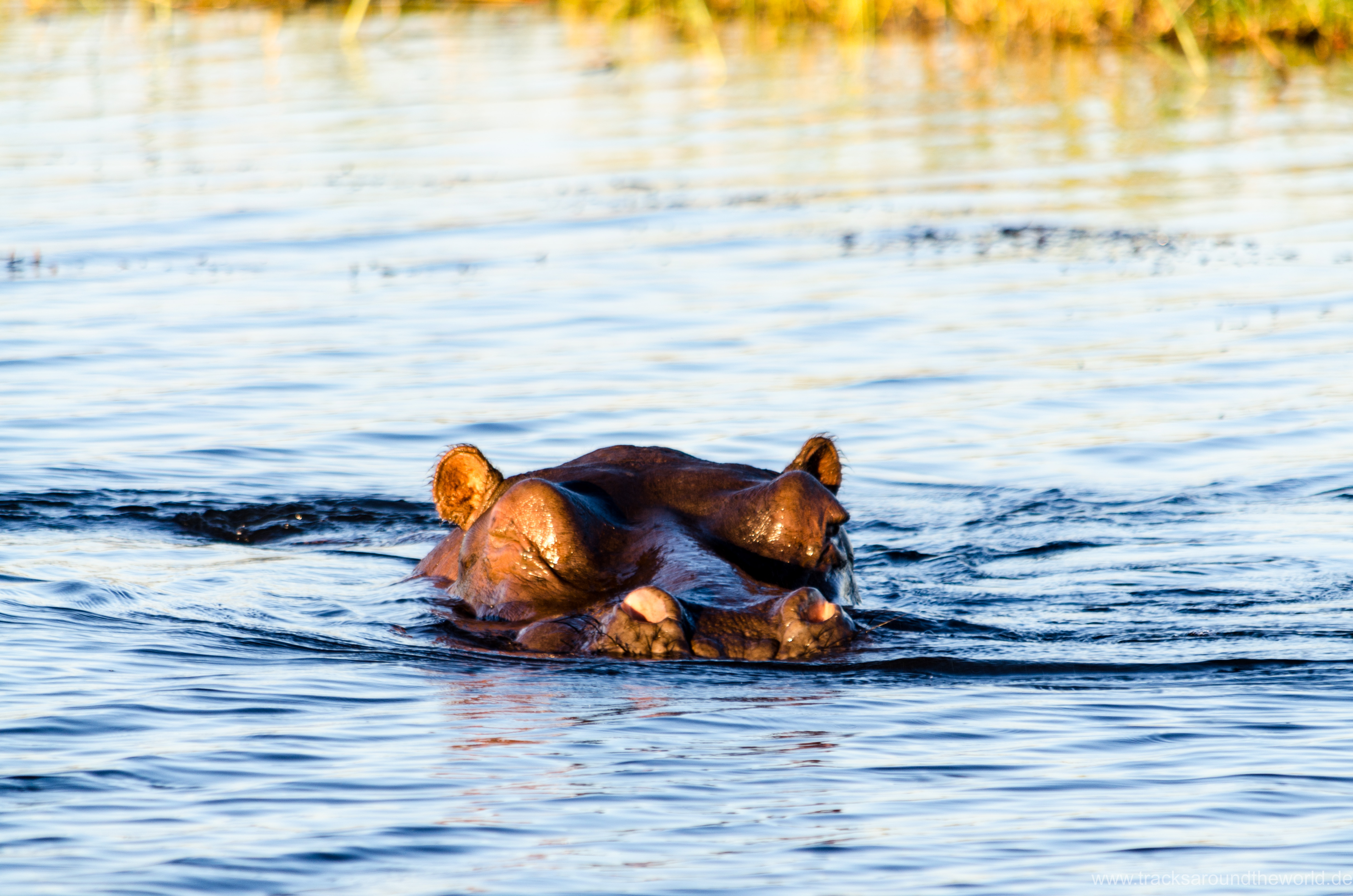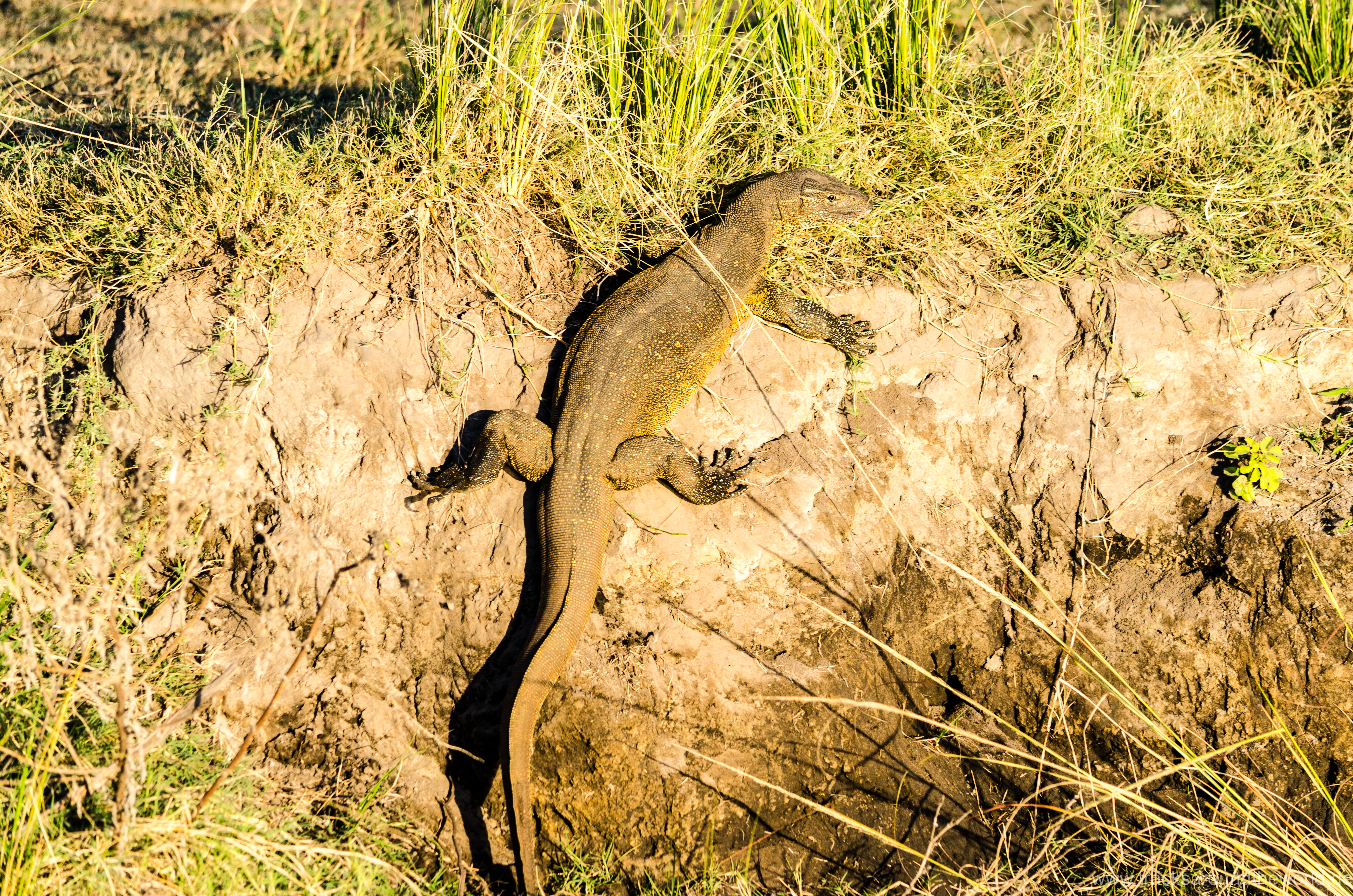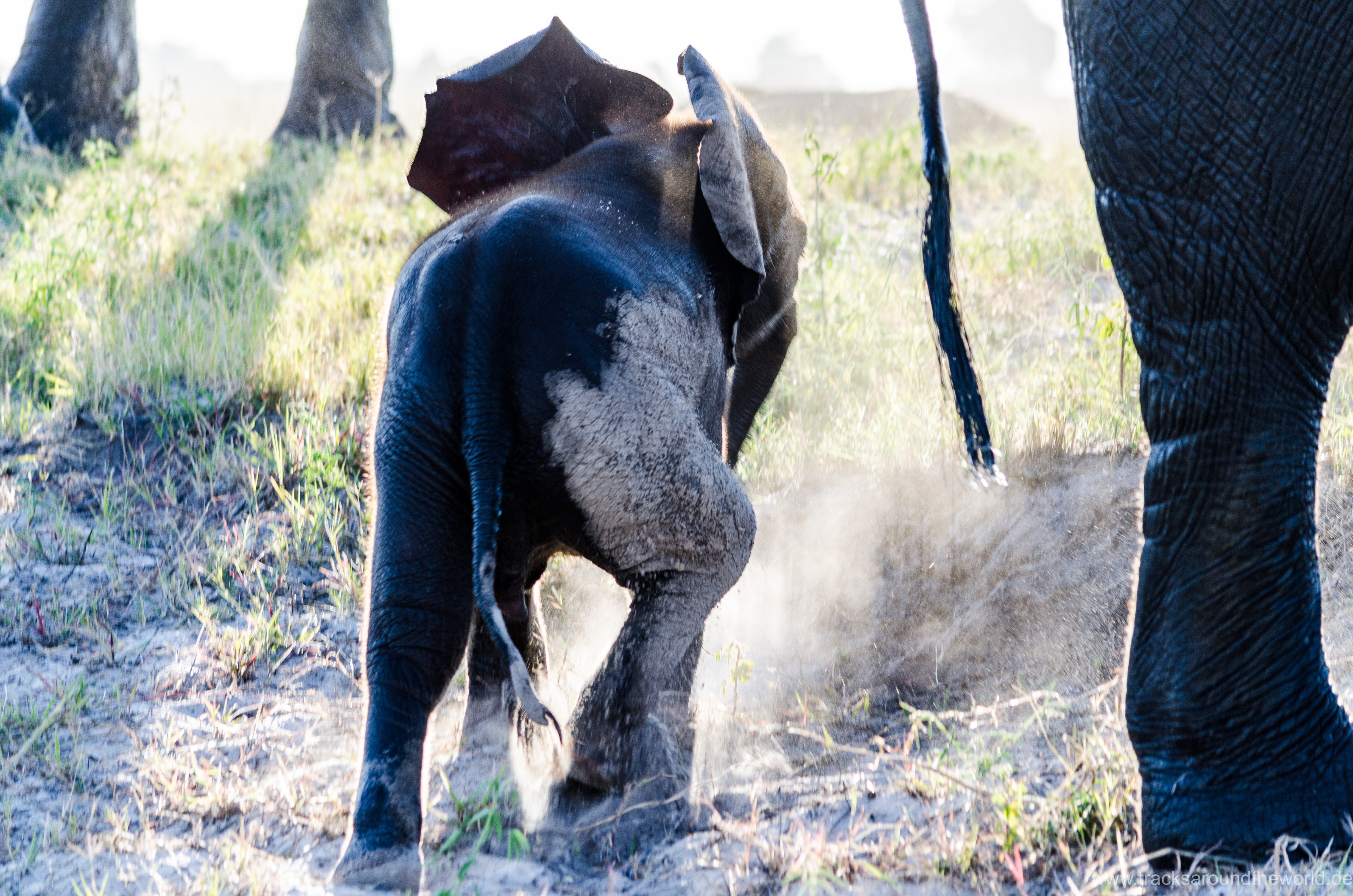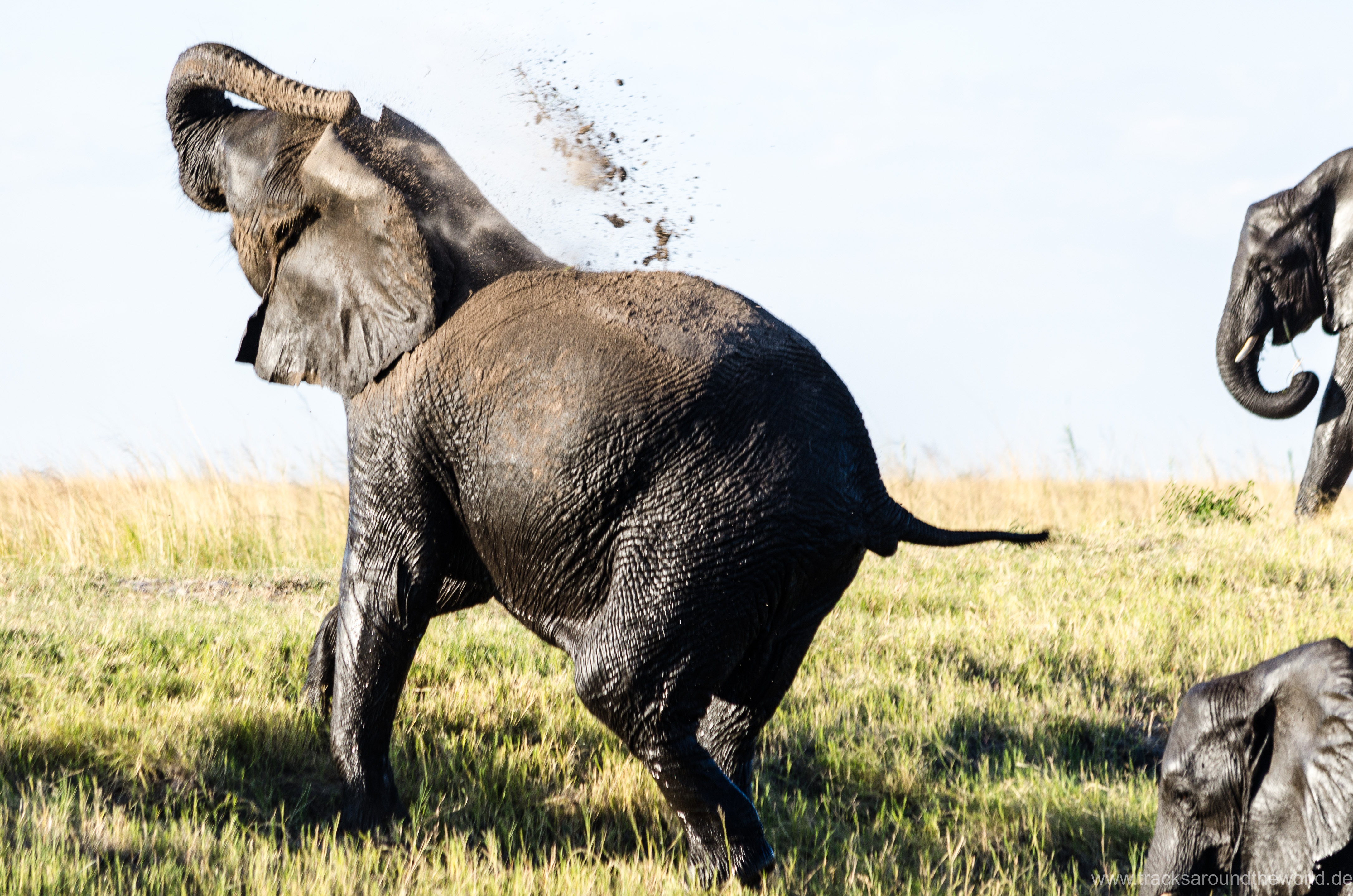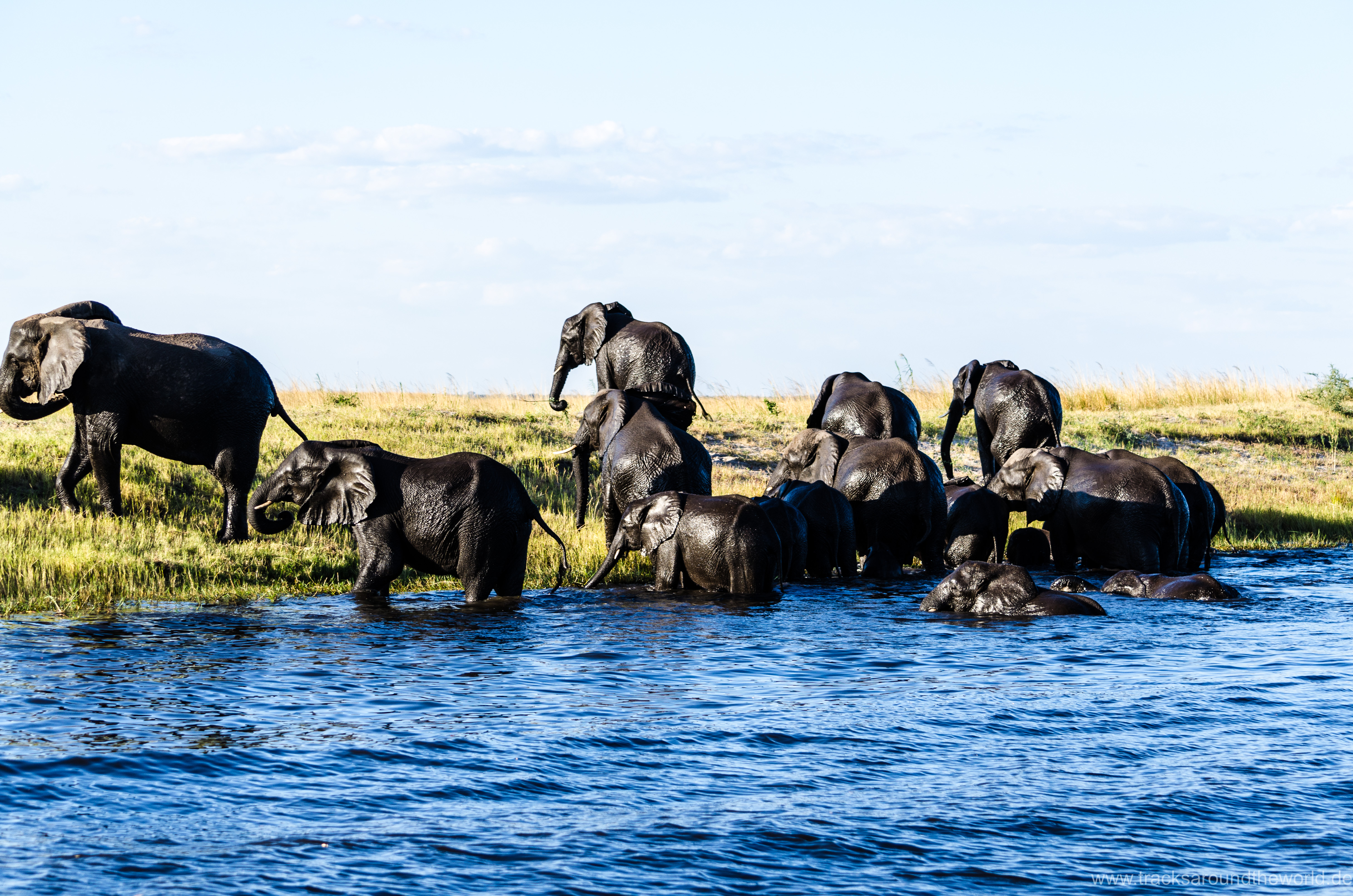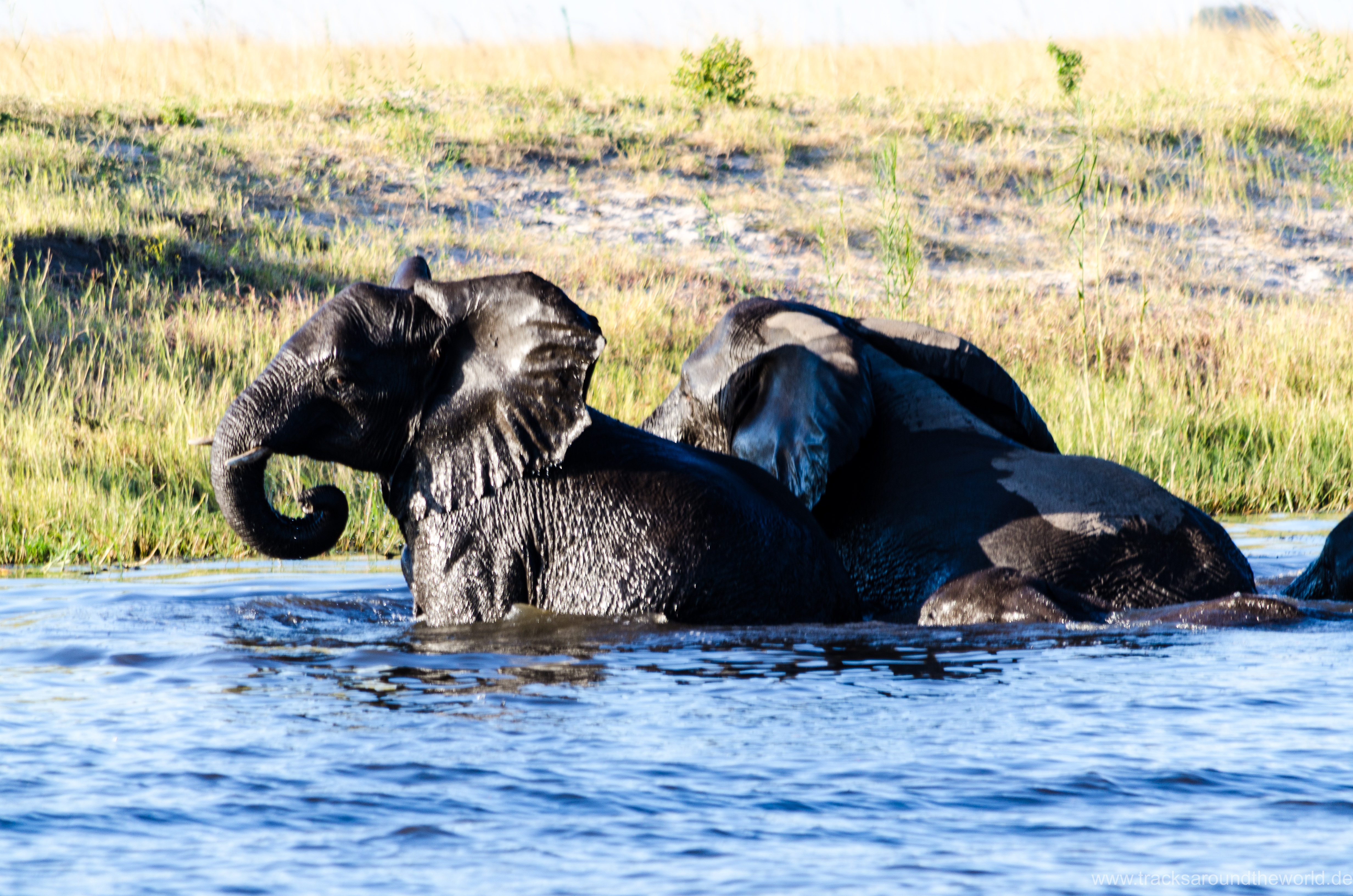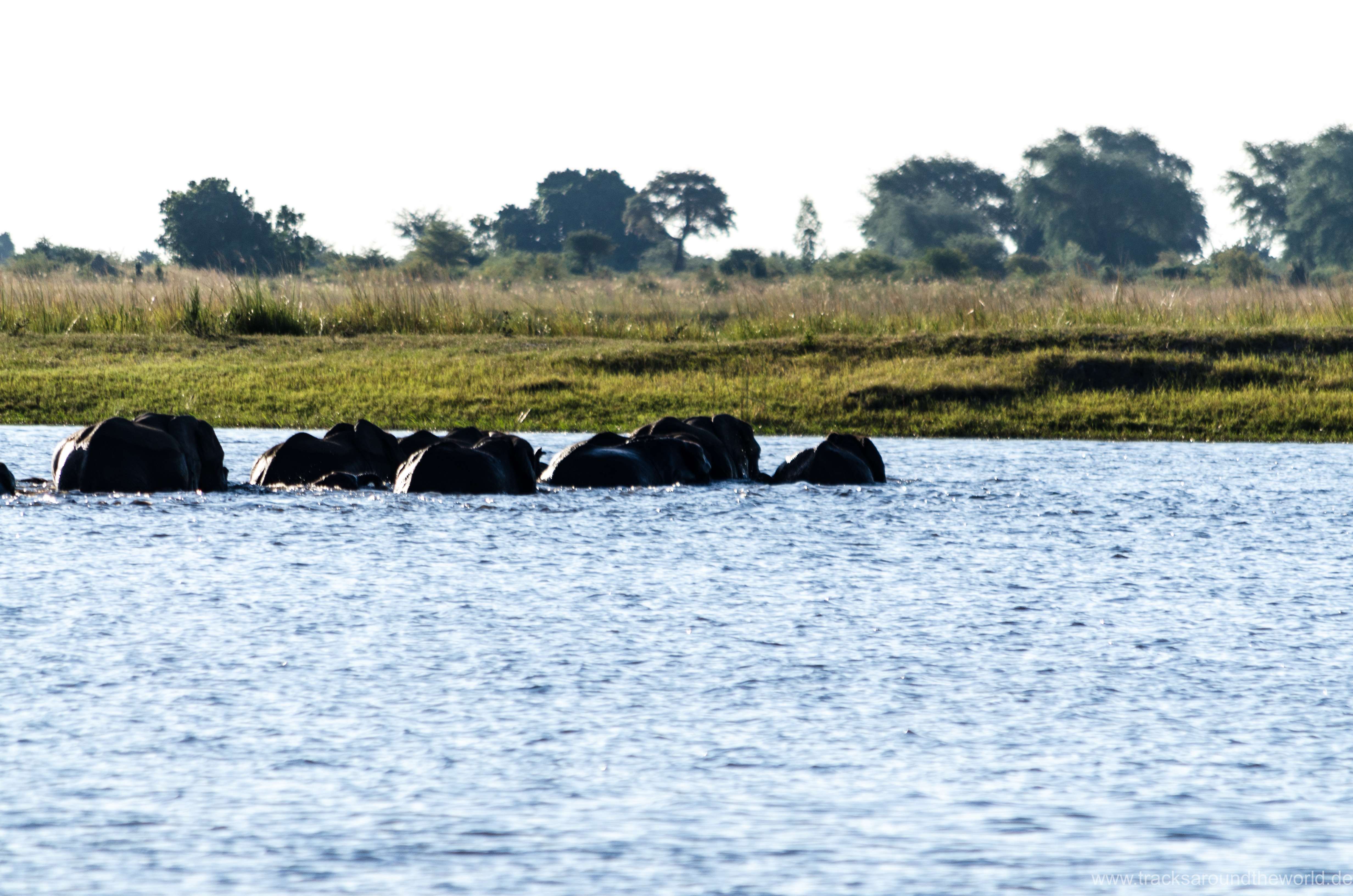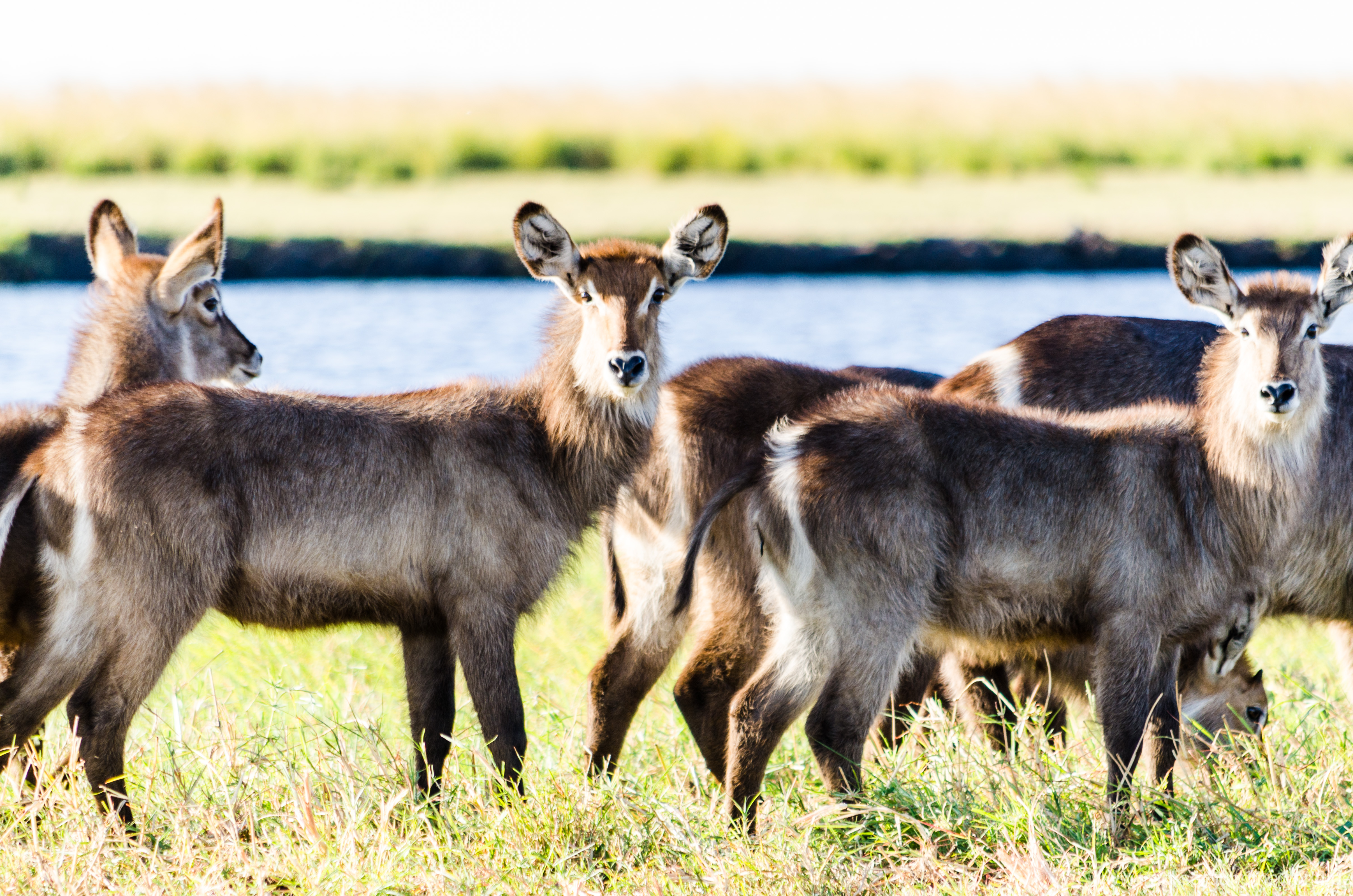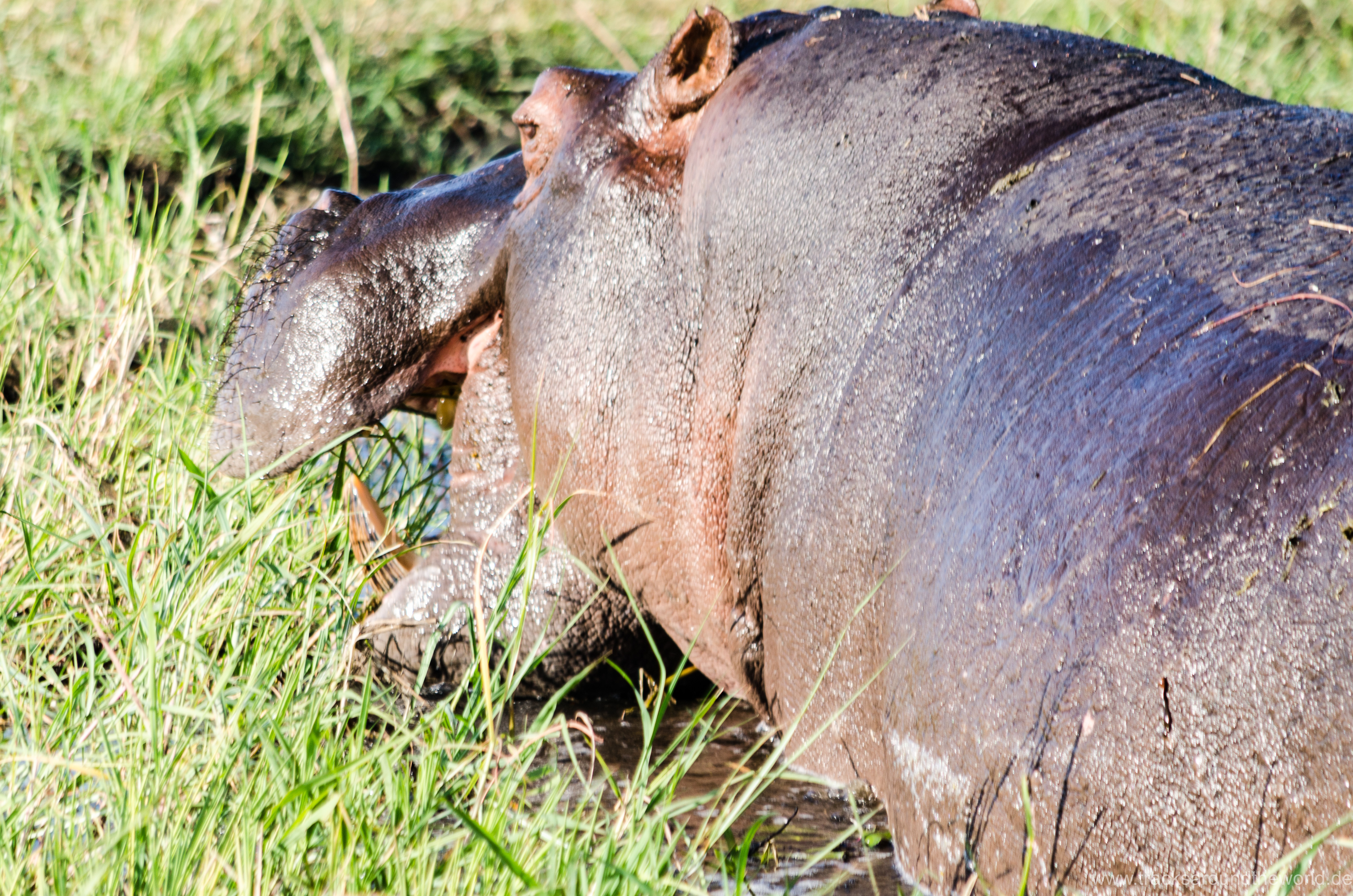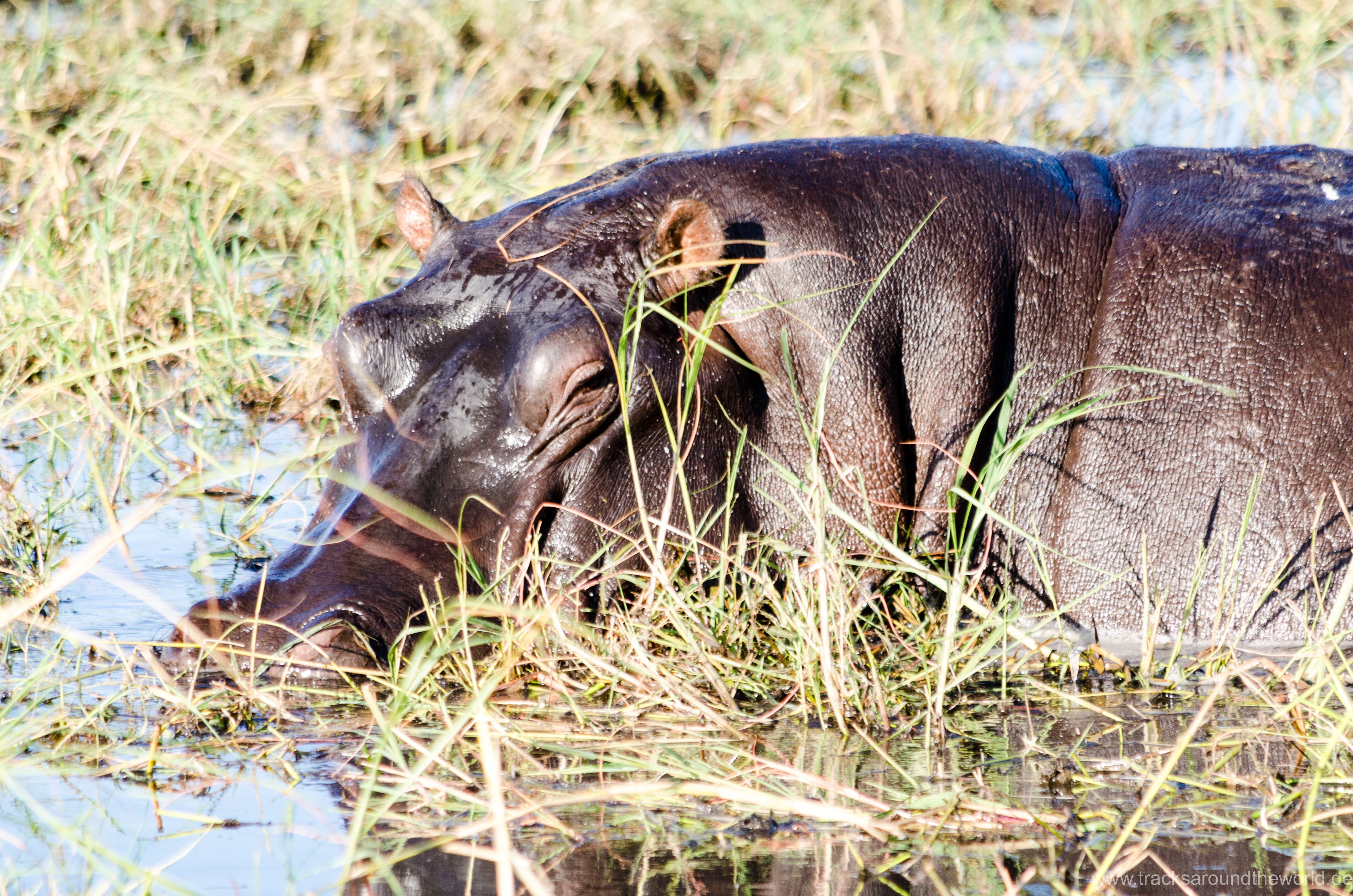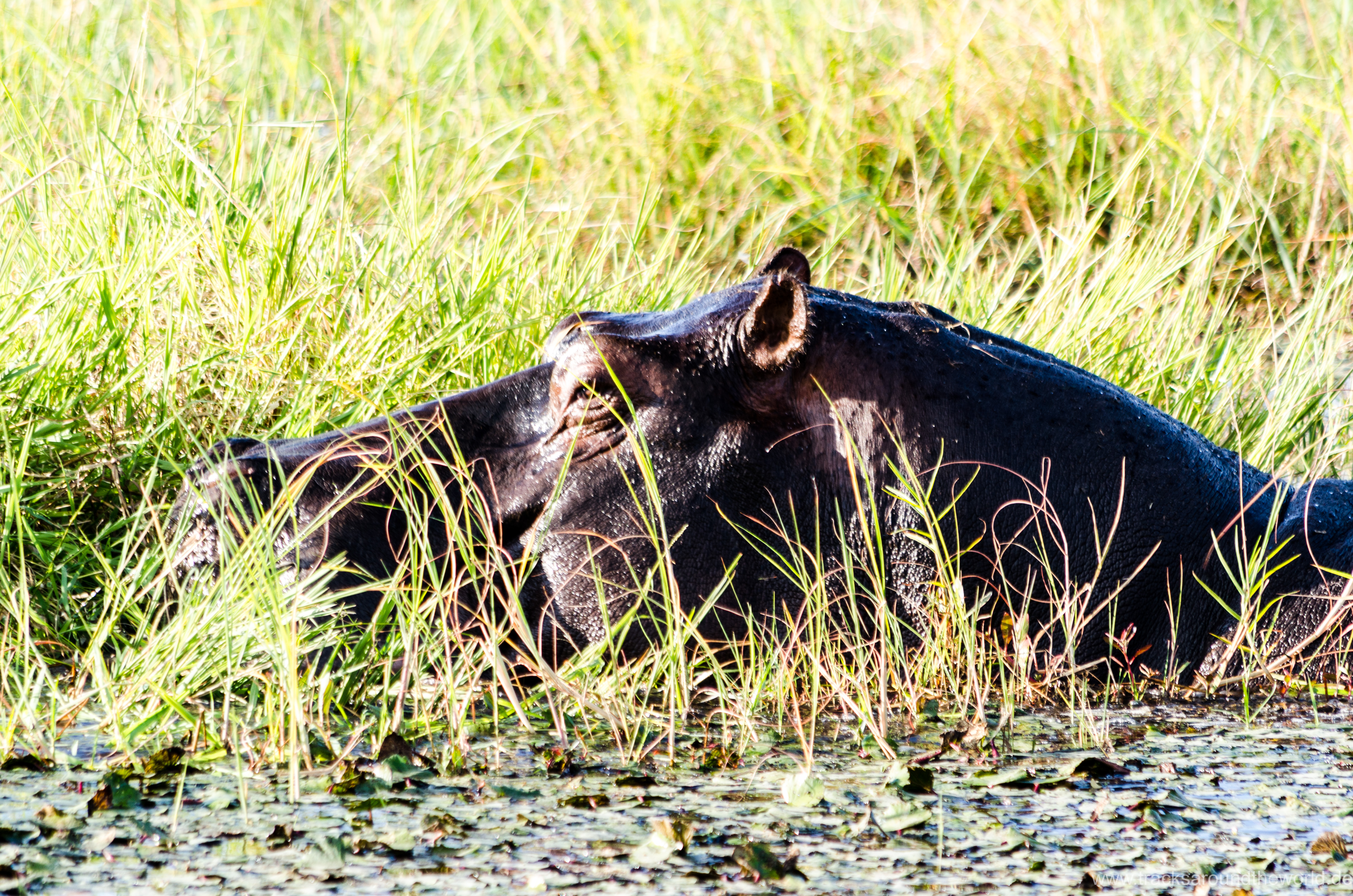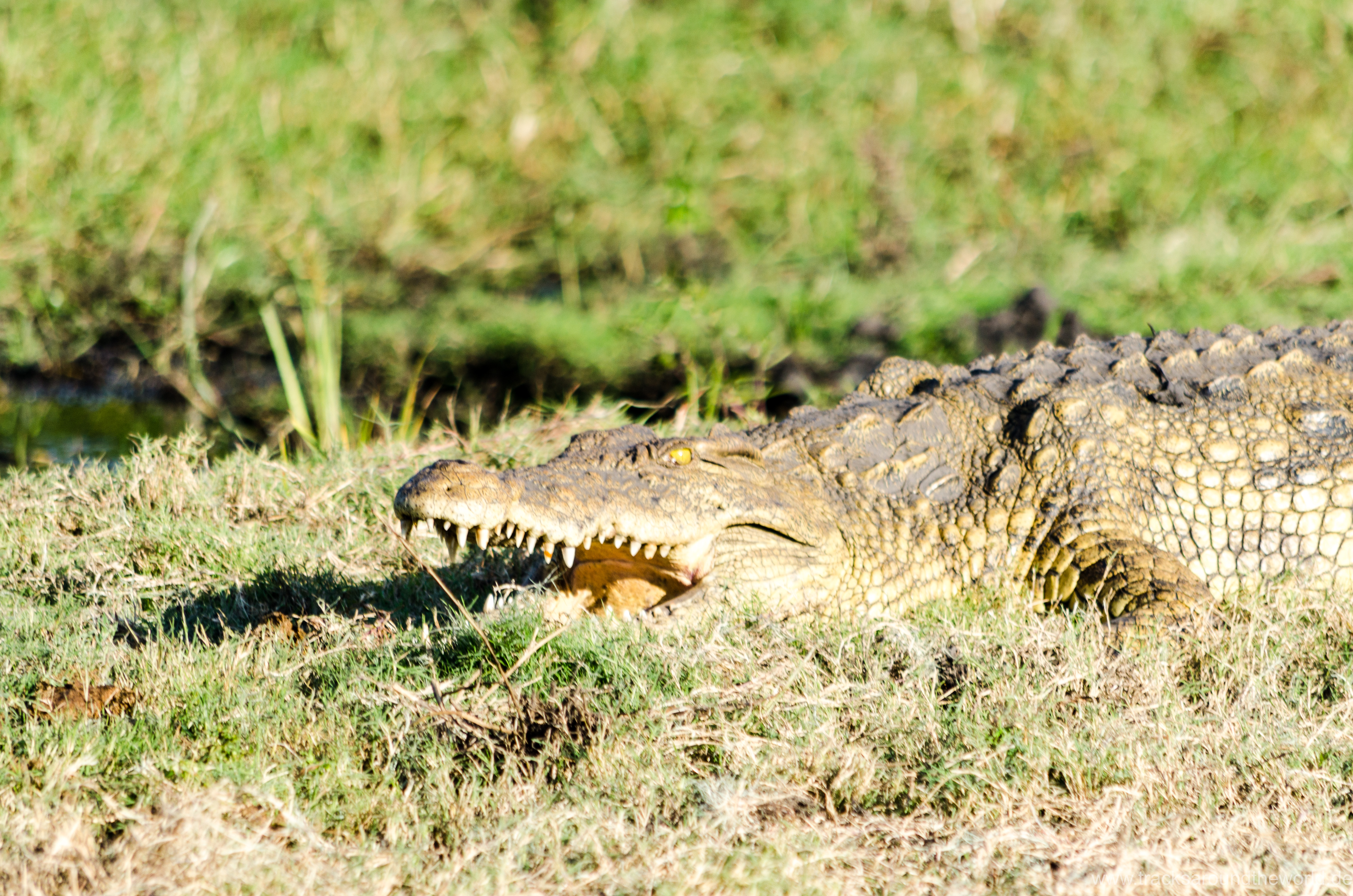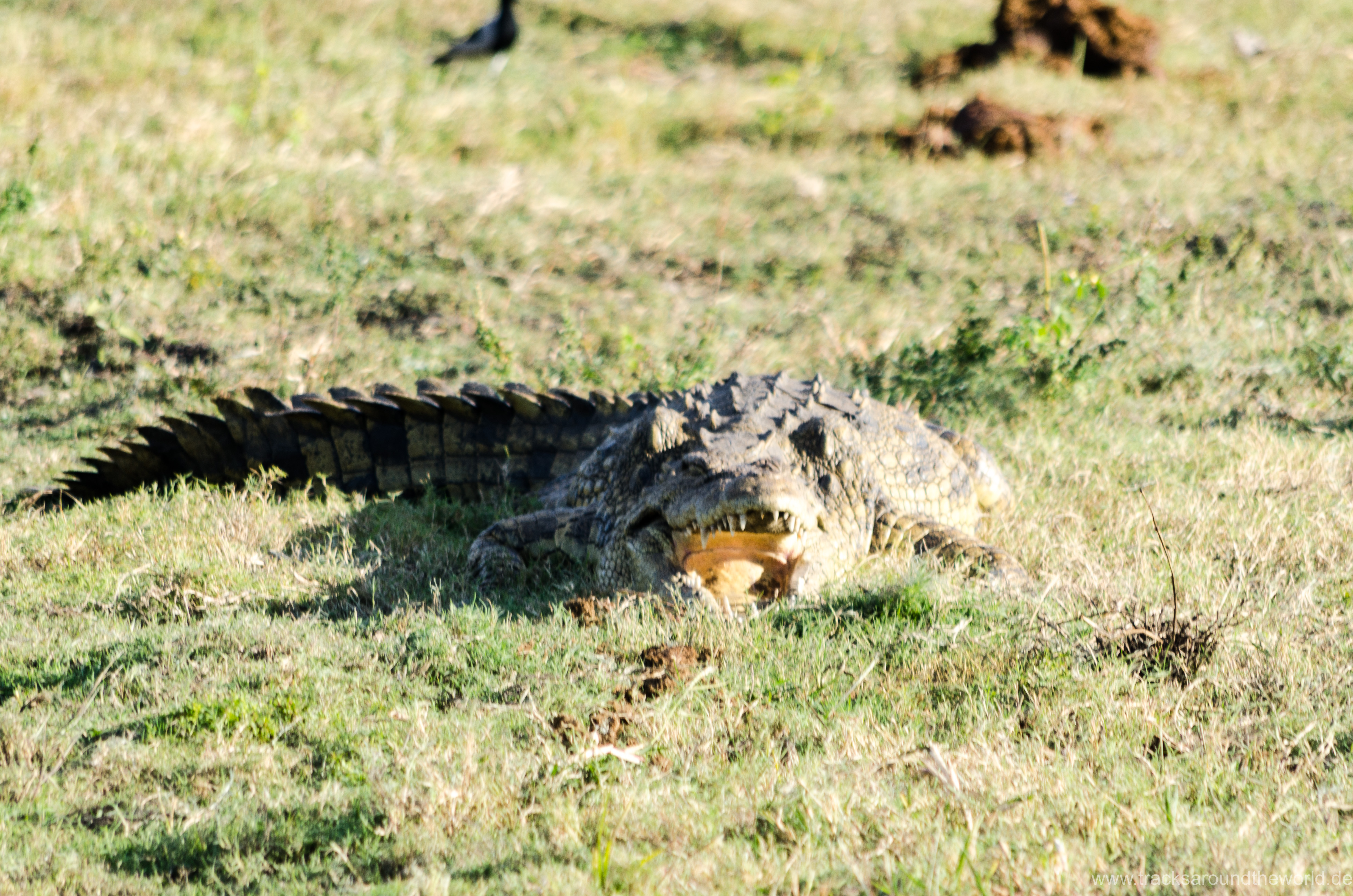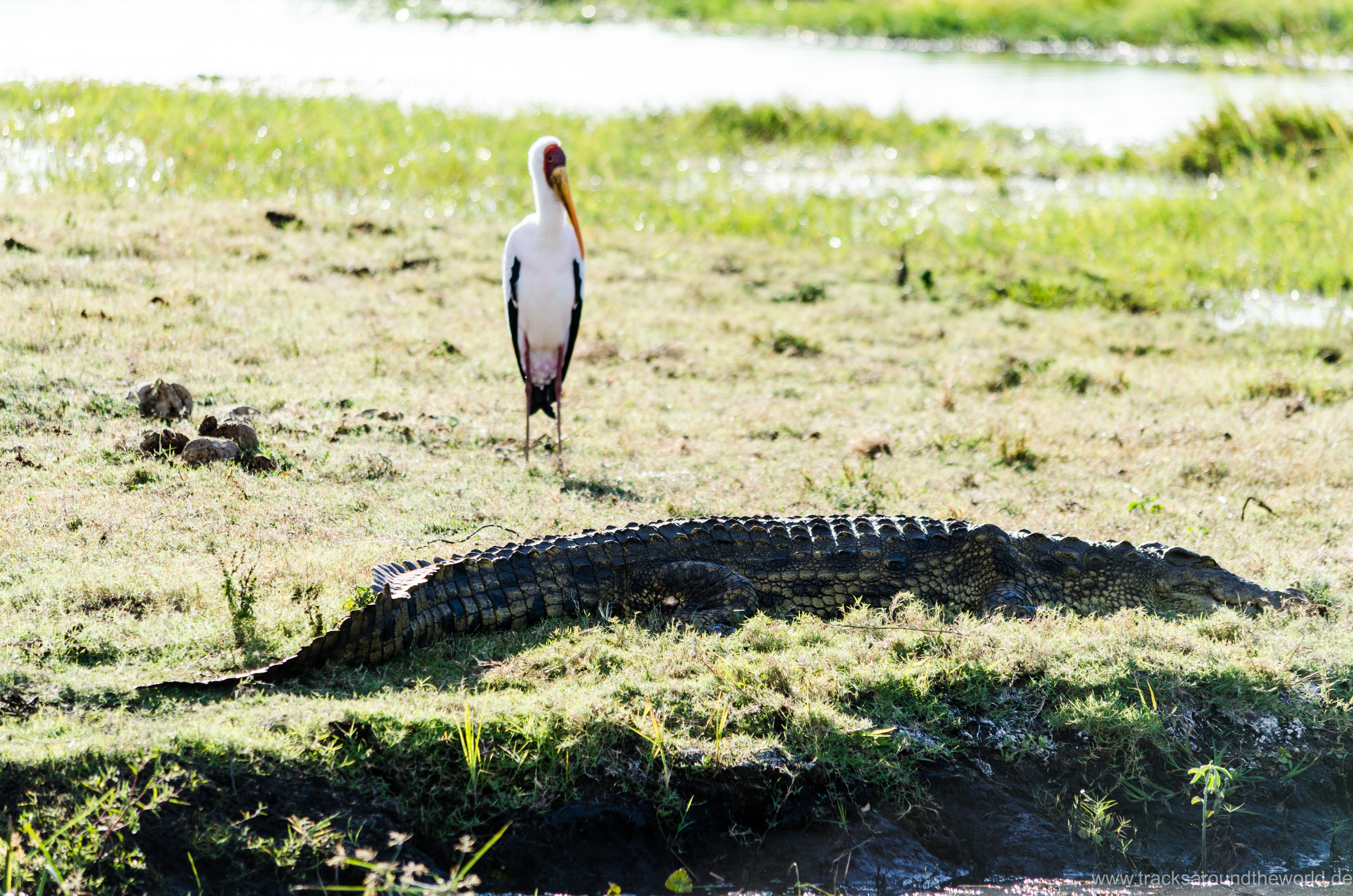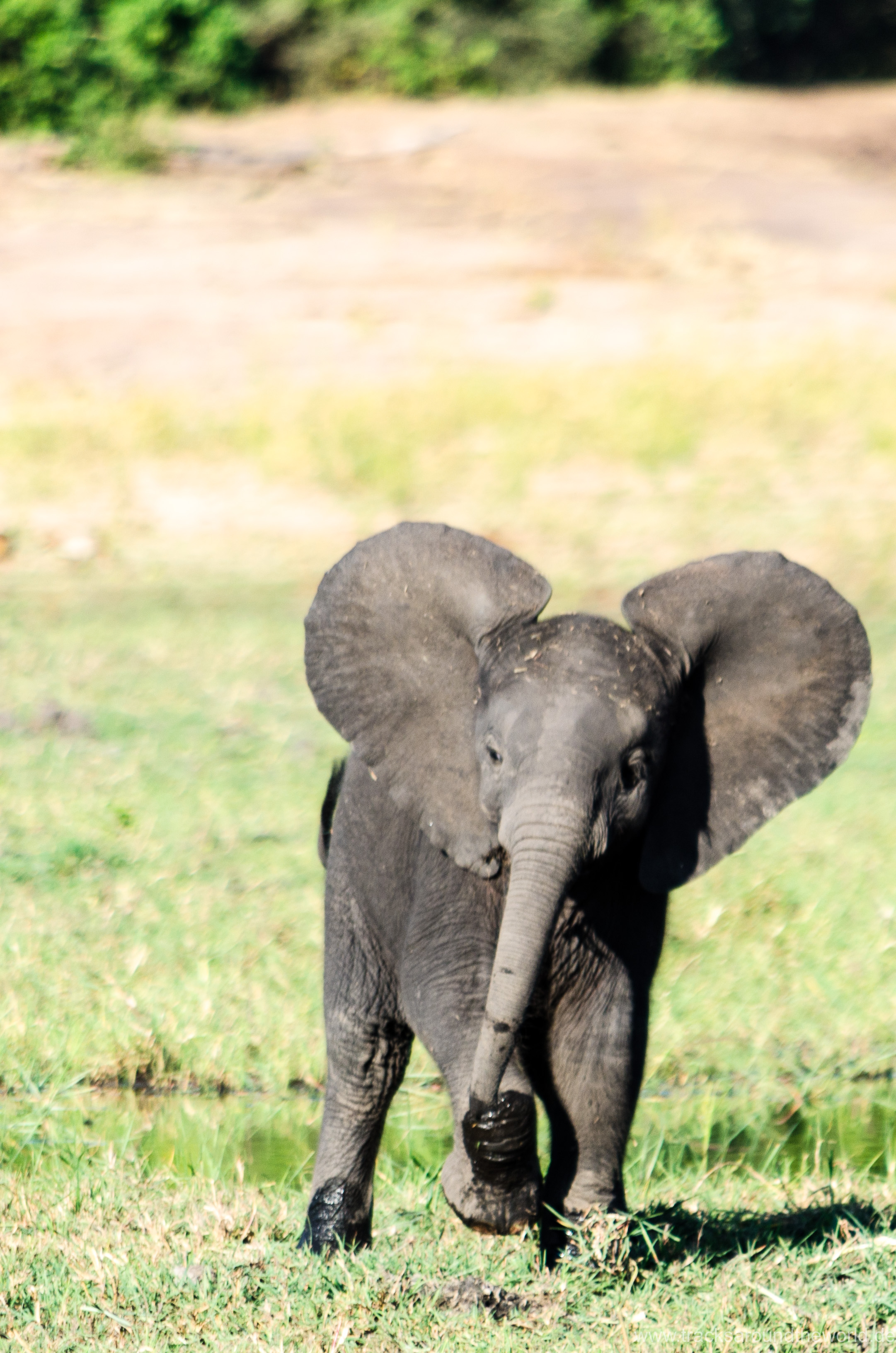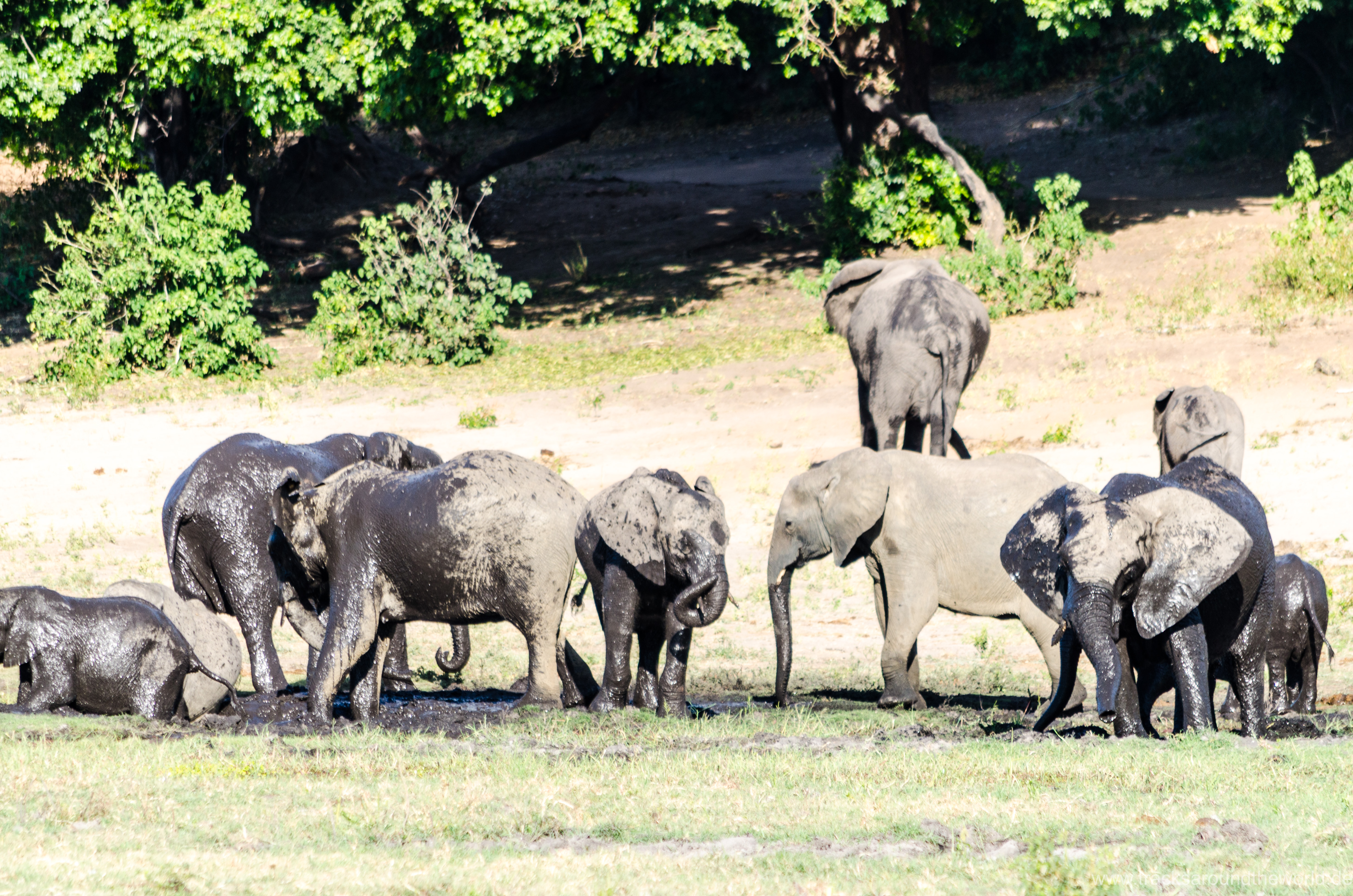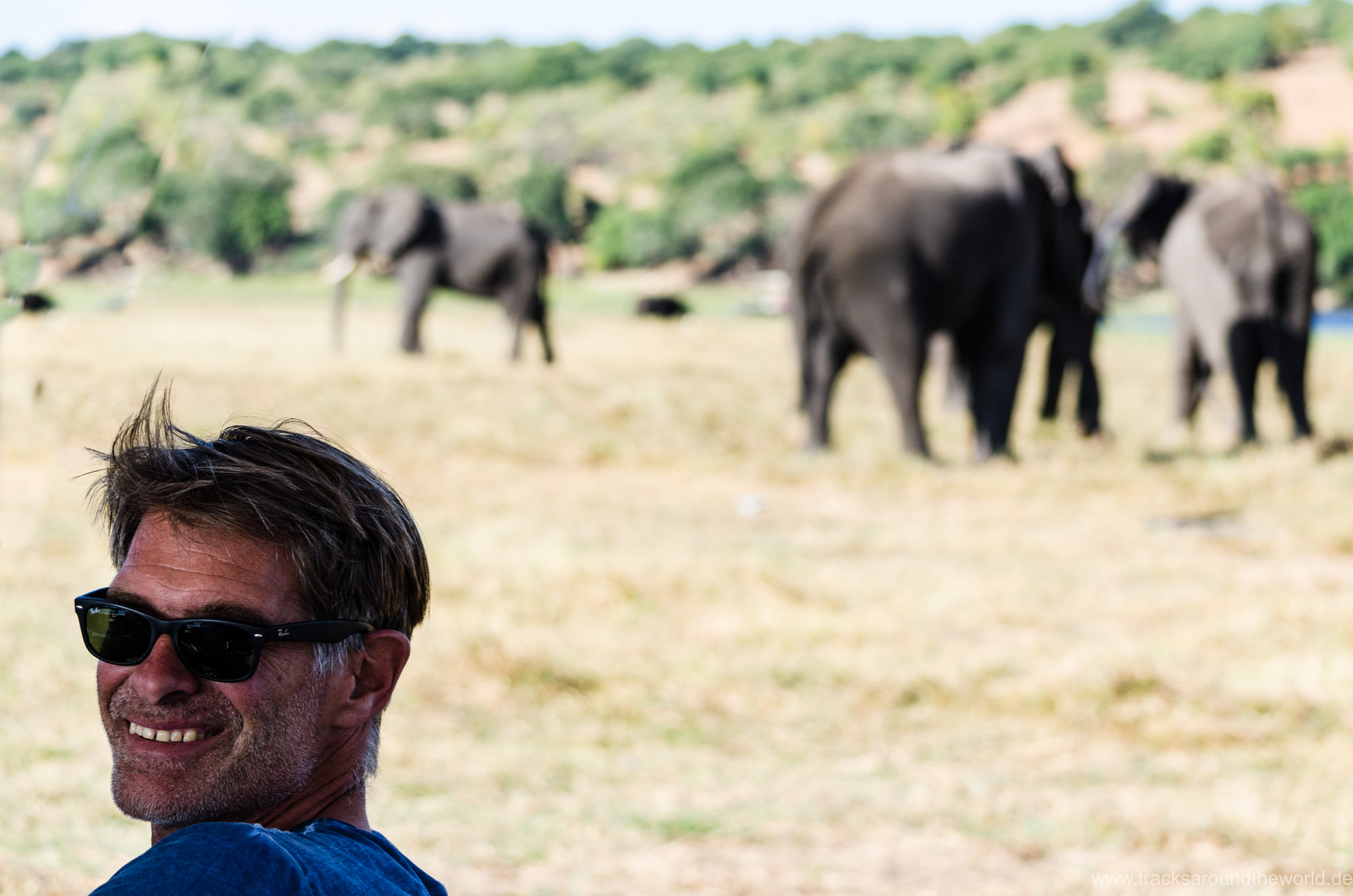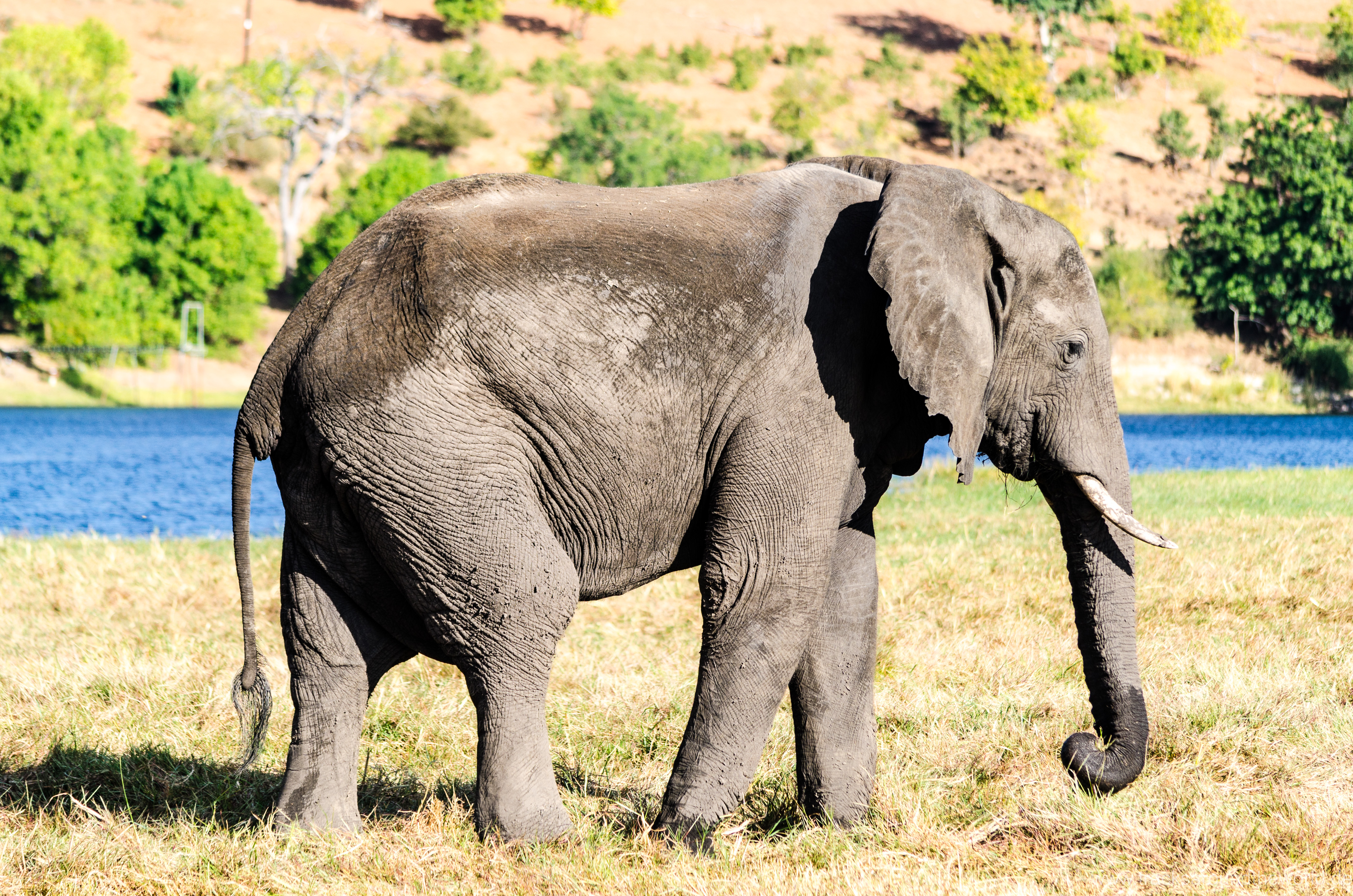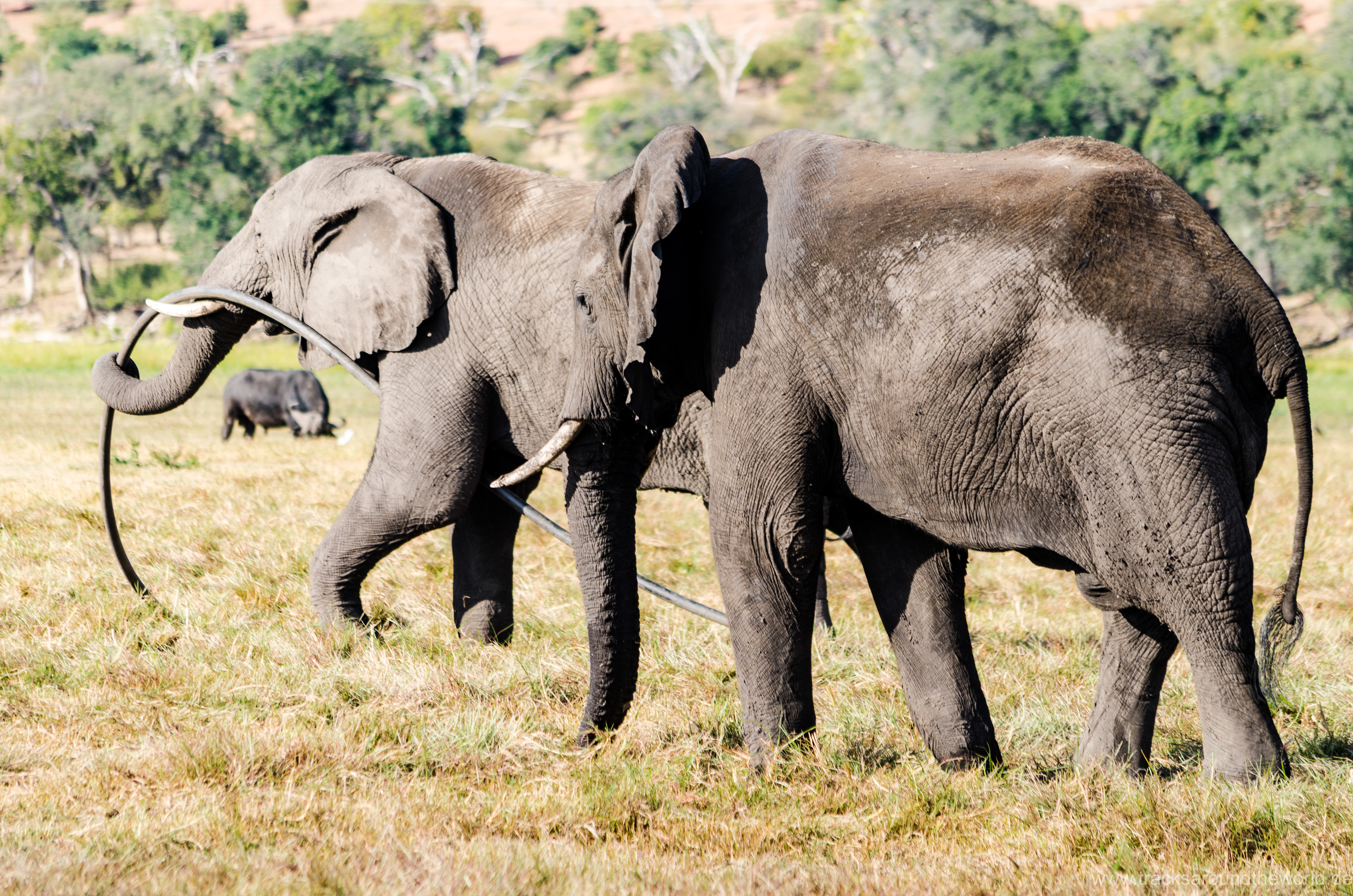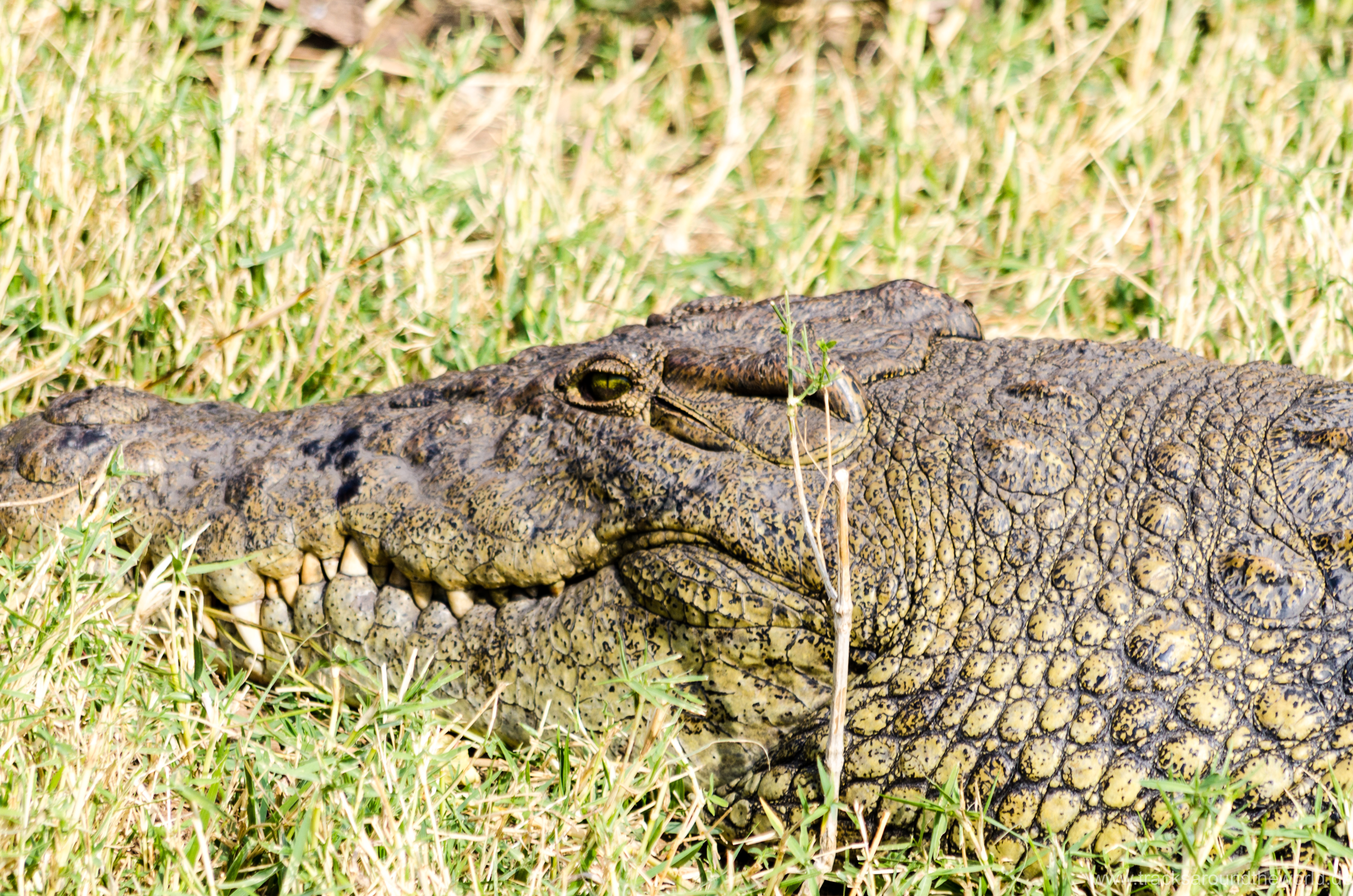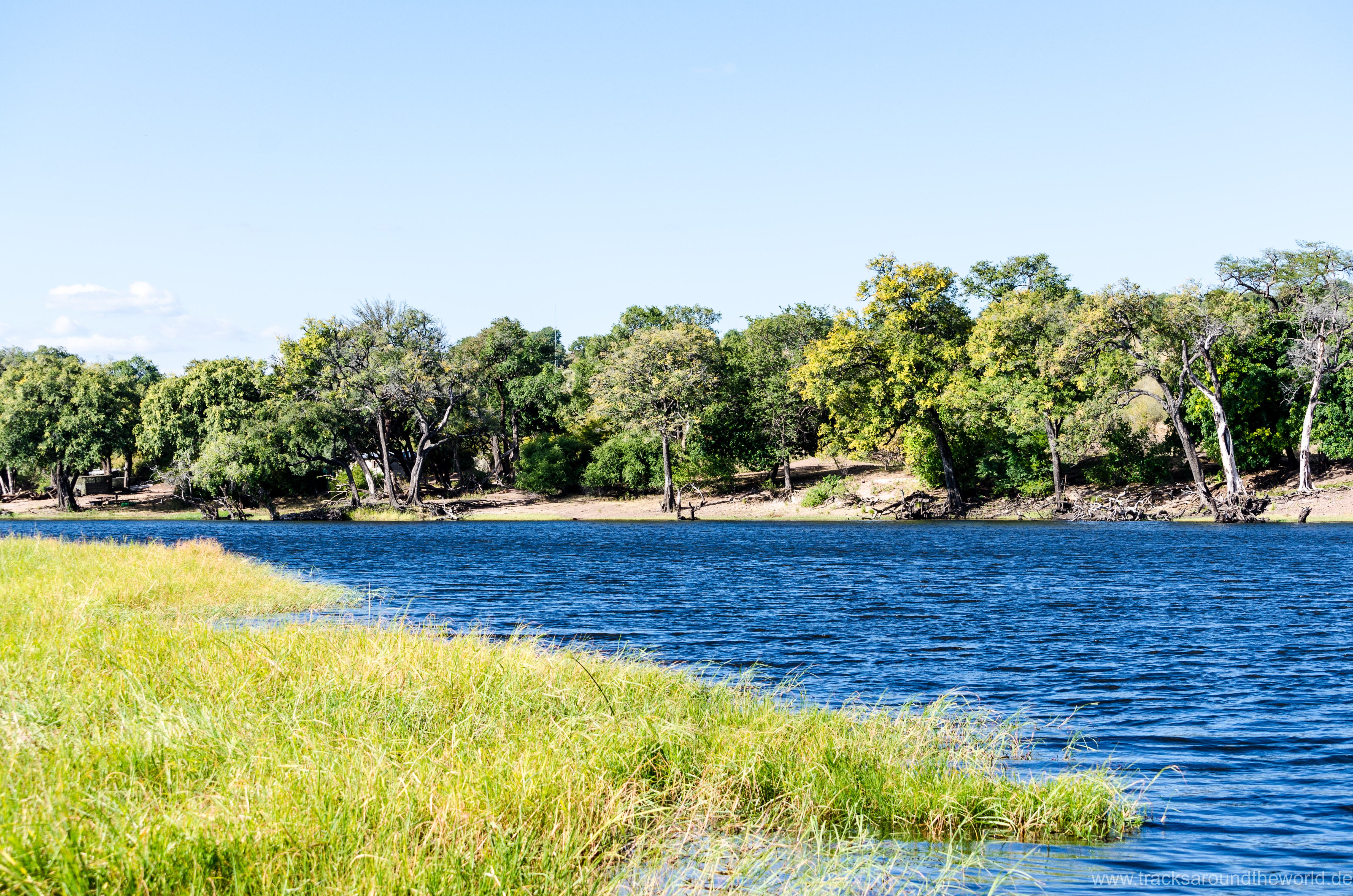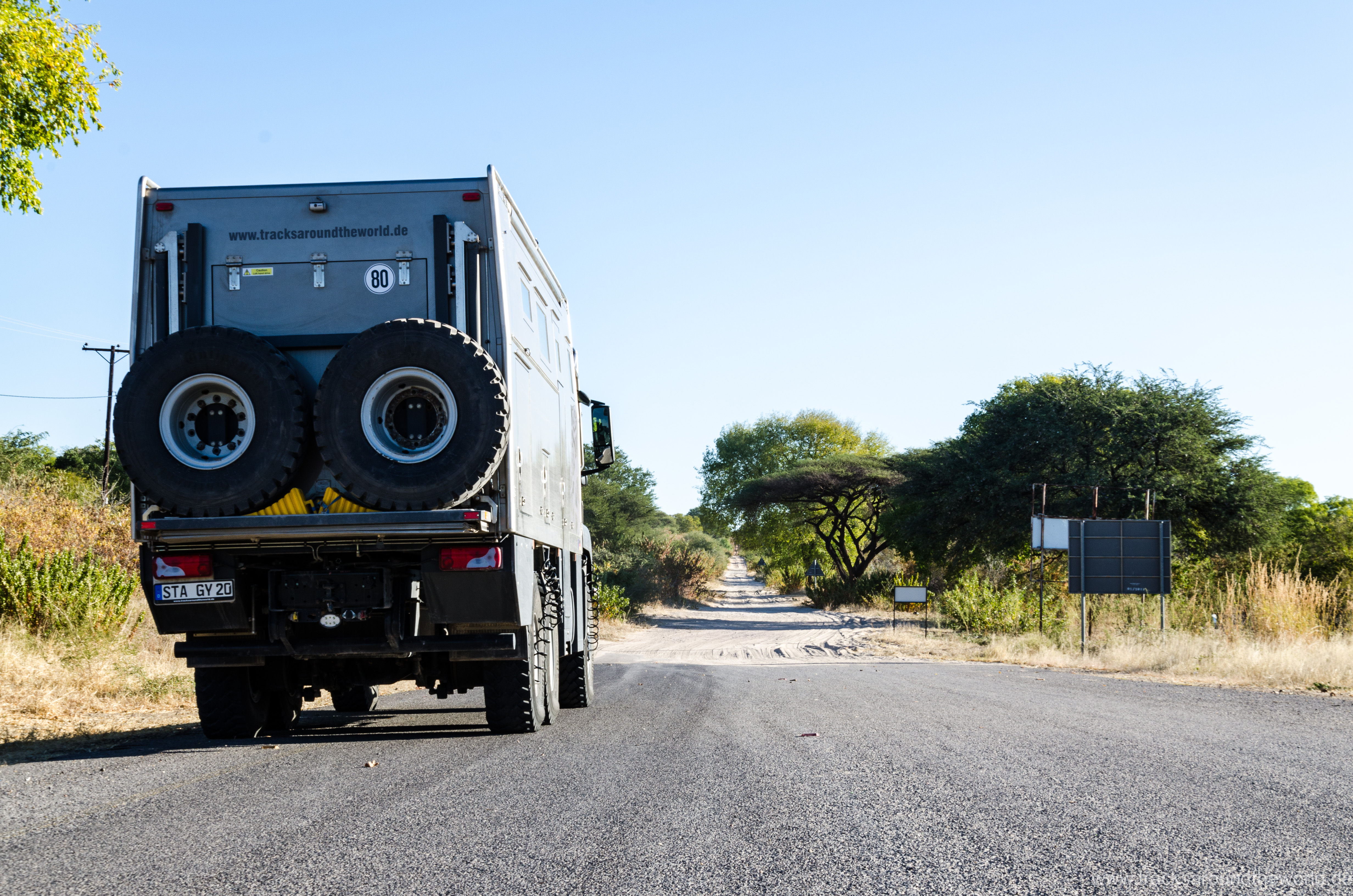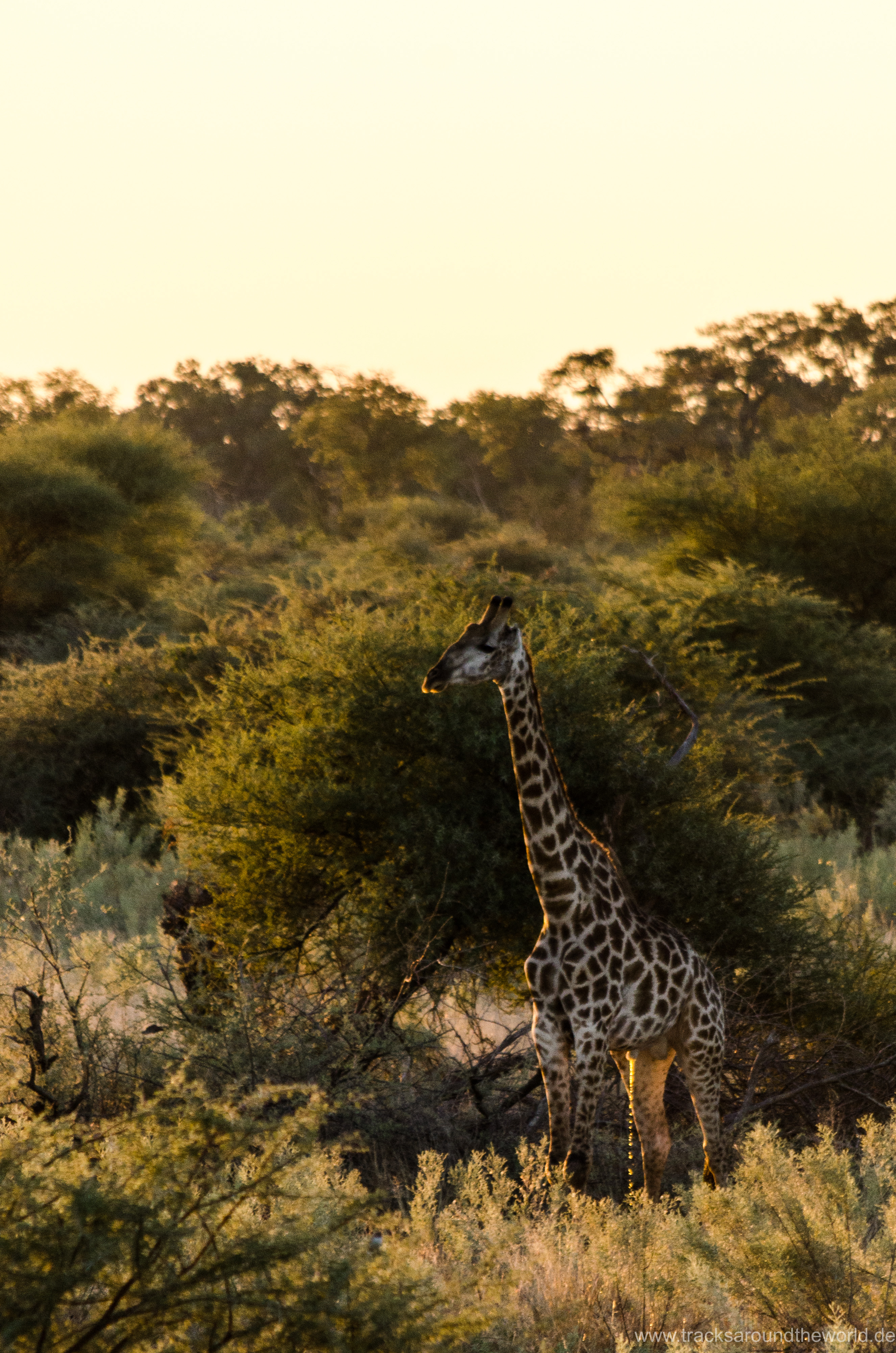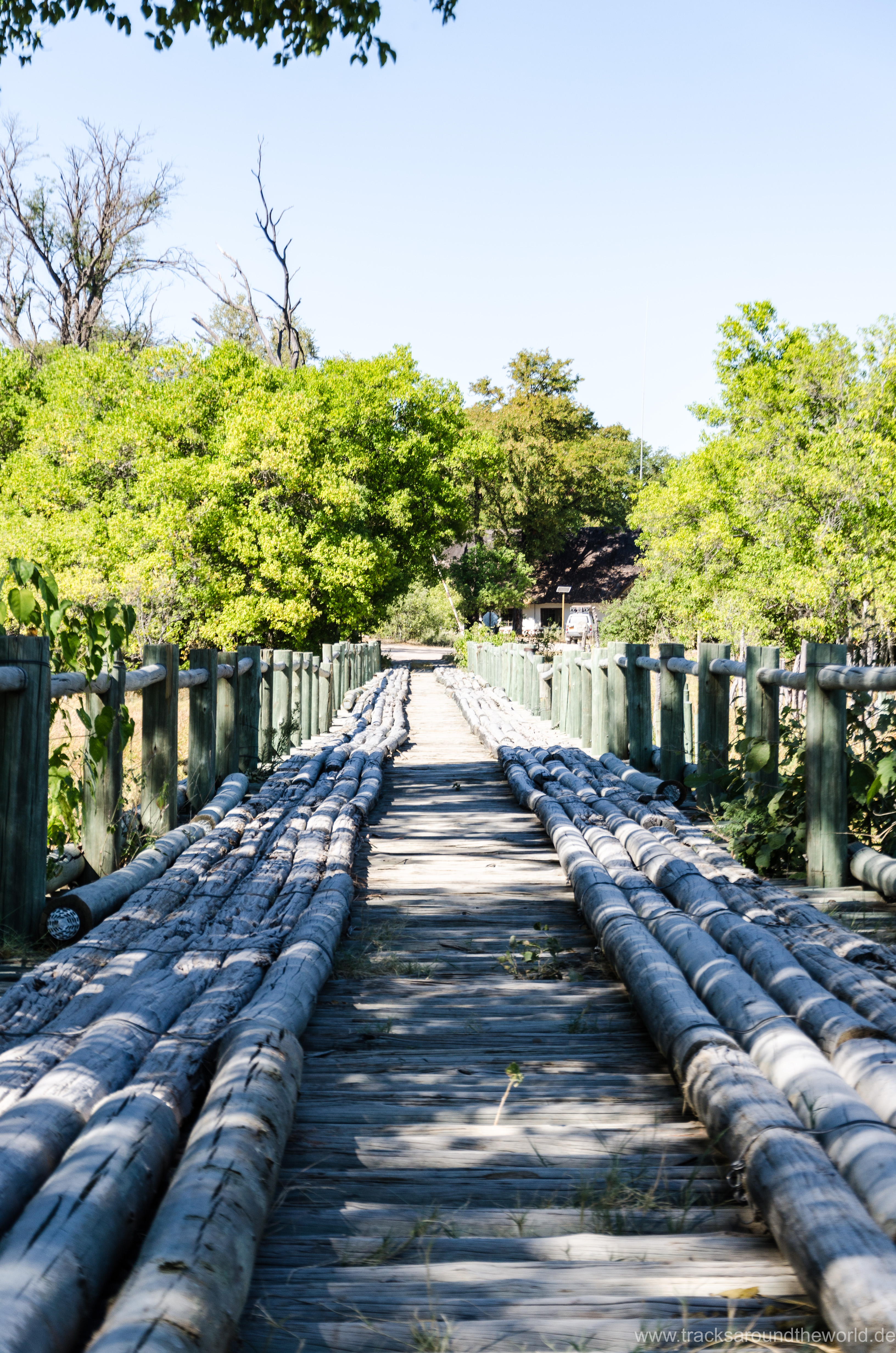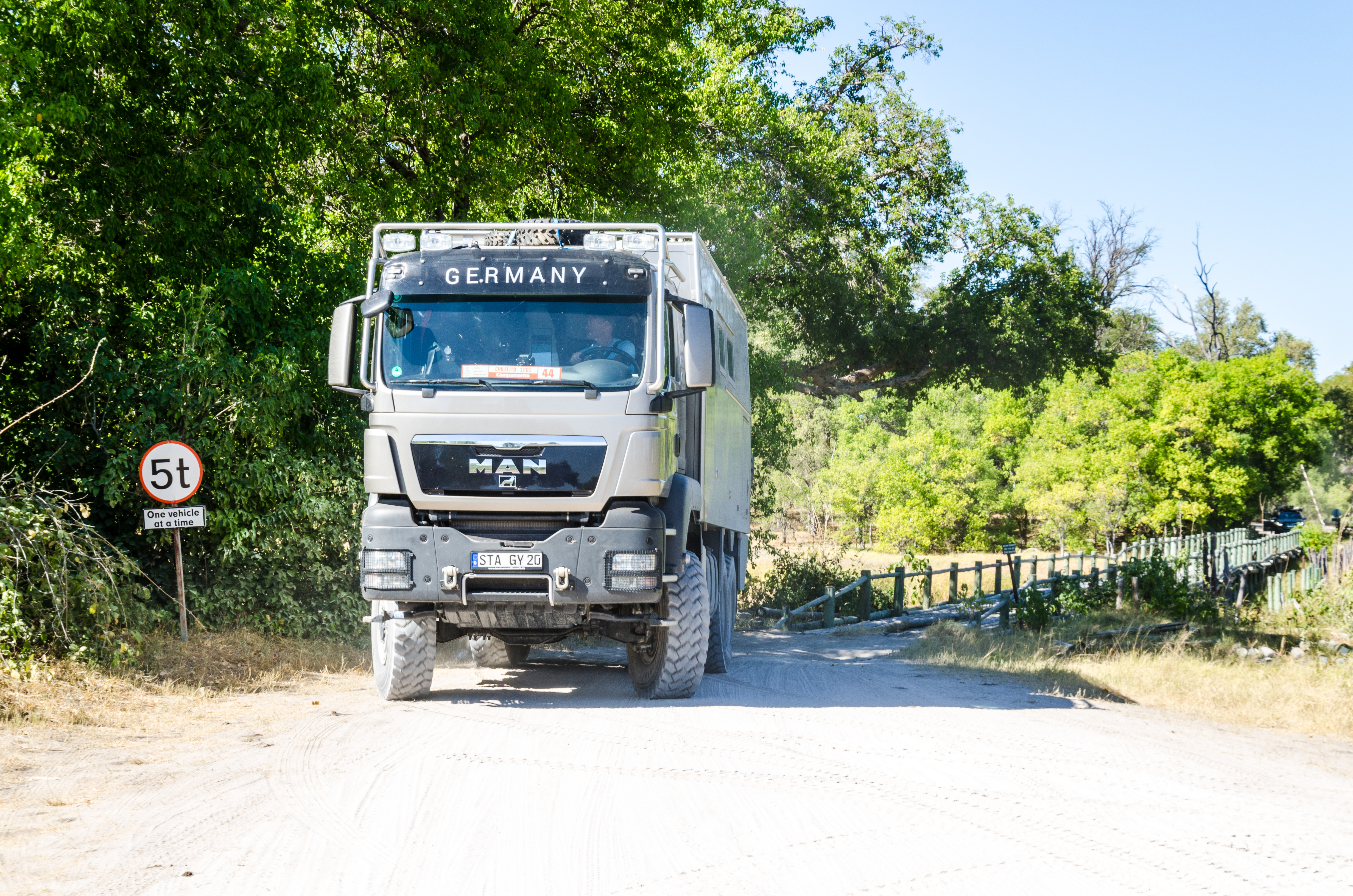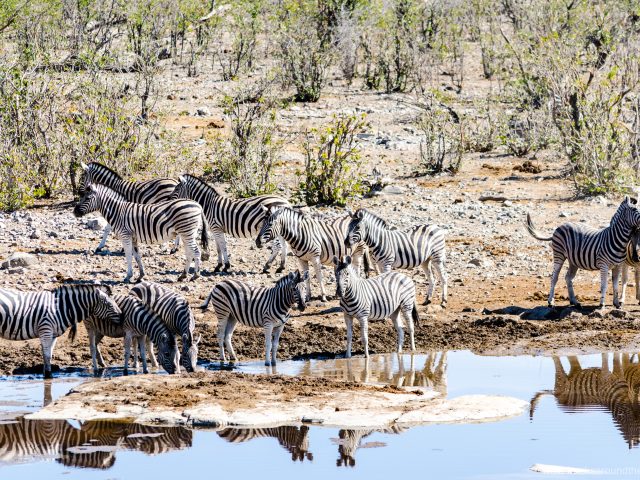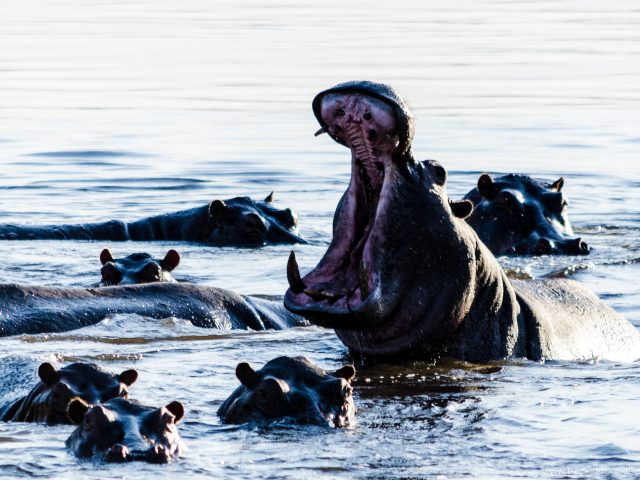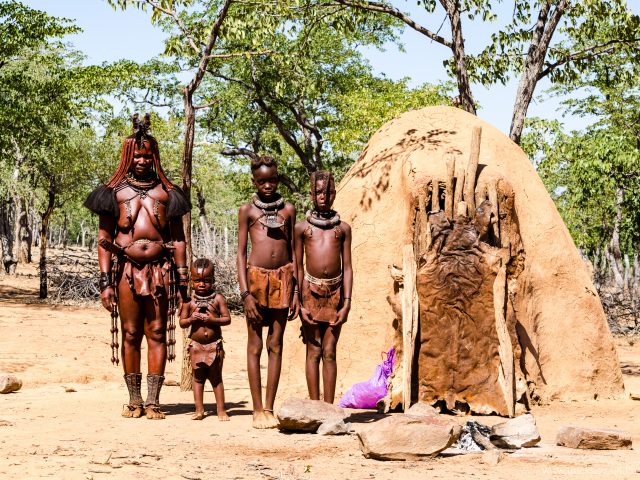At the end of the Caprivi Strip, we cross the border into Botswana at Ngoma Bridge: all very simple, the Carnet de Passage is correctly so not stamped (since we travel within the South African Customs Union), some road tax and insurance are to be paid and we’re already in Botswana. Our first city Kasane, located on the Chobe River, shocks us first: we have not seen so many tourists since the dunes of Soussuvlei in Namibia. The boat trip in the afternoon along the Chobe River is nevertheless great despite many tourists: here is the largest elephant density in the world and in the low-light atmospheric marshland we also see many hippos, buffalos, crocodiles and other animals.
The next morning, we take care of a battery problem again – no, this time not for Shujaa (the batteries are still working very well😉) but for our quad Shujoo. On our last game drive in Mudumu N.P. in Namibia Shujoo suddenly did not want to start anymore and gave us an involuntary “Game Walk” back to Shujaa. In fact, it seems to be due to the battery, which however cannot be procured locally in Kasane. It is quickly ordered in South Africa and delivered to Maun – our next major destination. We and our batteries … we had no problems at all in South America and now everything comes together. At least the logistics here in southern Africa are functioning well, in Malawi or Zambia batteries for our specific vehicles would certainly be more difficult to organize. Let’s hope that we are well equipped for the next years.
There are two routes to Maun, the gateway to the Okavango Delta: the classic, paved route “around” or the direct 4×4 route that runs through the deep-sandy Savuti and then along the Khwai River. Of course, we take the latter, even though we got stuck in the sand here a few times six and a half years ago with our rental jeep. This time we have less to cope with deep sand when we get to the Savuti (our new Conti HCS tires have proven to be at least equivalent to our previous, highly acclaimed Michelin XZL in off-road conditions, even better in the sand, and also the wear seems a bit better), than with low-hanging branches. In the driver’s cab, we have put some of our cutting equipment: saw, pruning shears, telescopic pole, etc . For 5 km we need a good hour and I’m seriously worried if we ever will reach the Savuti N.P. at this pace. At least the driveway is now “big rig friendly” for future rigs and, as it is usually the case, the route suddenly gets better and we still manage to cross the Savuti N.P in transit in a single day. The vehicle fees in the national parks in Botswana, in contrast to other countries, are staggered by vehicle weight and – although Shujaa has previously been on a successful diet 😉– this makes it quite expensive for us. However, unlike our last stay in 2012, the Savuti River has completely dried up, so we can get over the one-day transit as many animals are not visible anyway. However, the 6.5 hours in the N.P. along with the journey to the park in one day is an exhausting trip.
We see a completely different animal life on the water-bearing Khwai River: elephants, zebras, giraffes and a leopard snarling loudly next to us at night – and we park in the middle of a beautiful meadow. Although we did not go to one of the designated community campgrounds, the local community patrols drive around with searchlights at night and also the “wildcampers” have to pay the expensive campsite fee. But the view of all the animals only a few meter away from our place make more than up for it.


